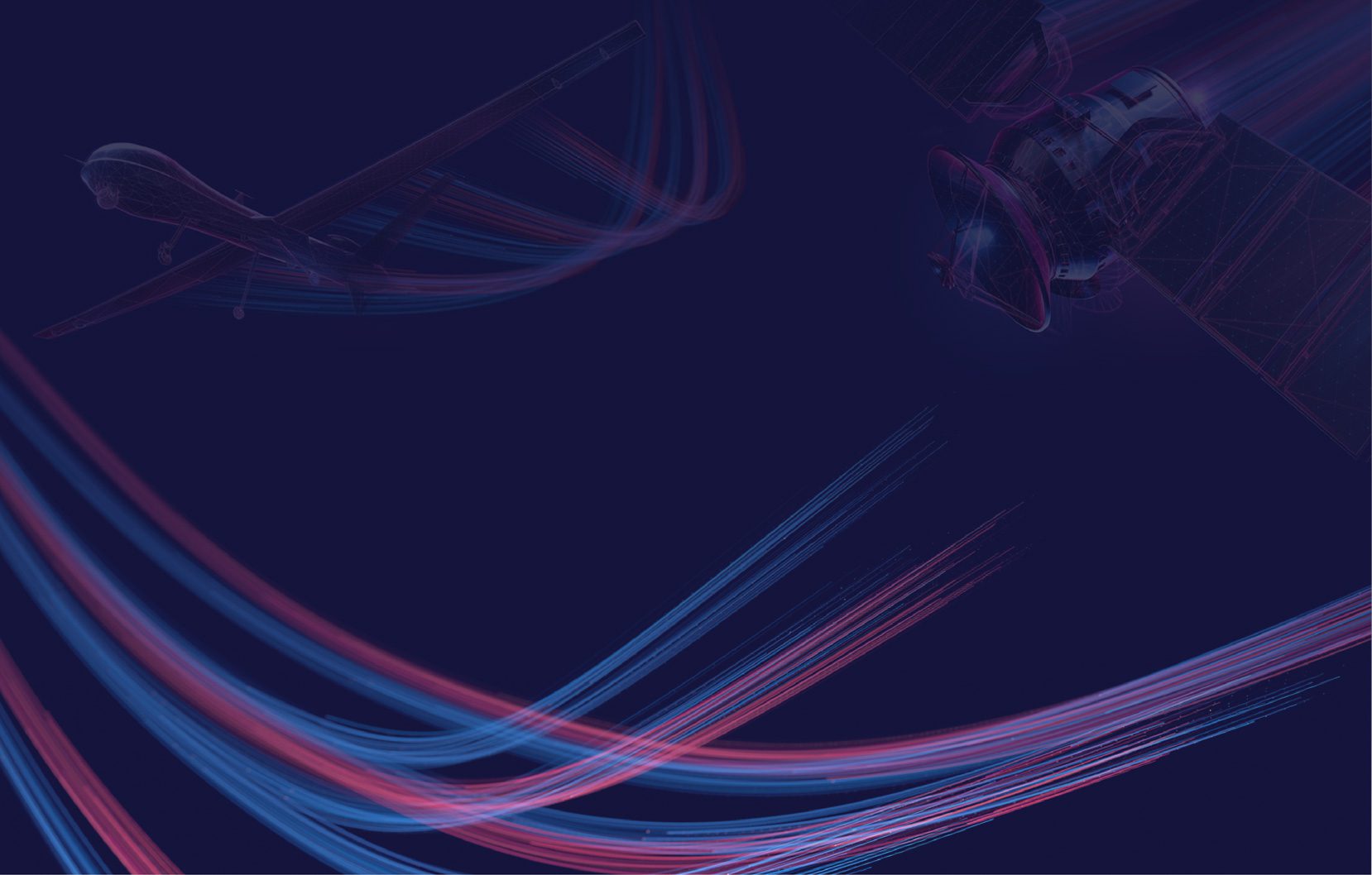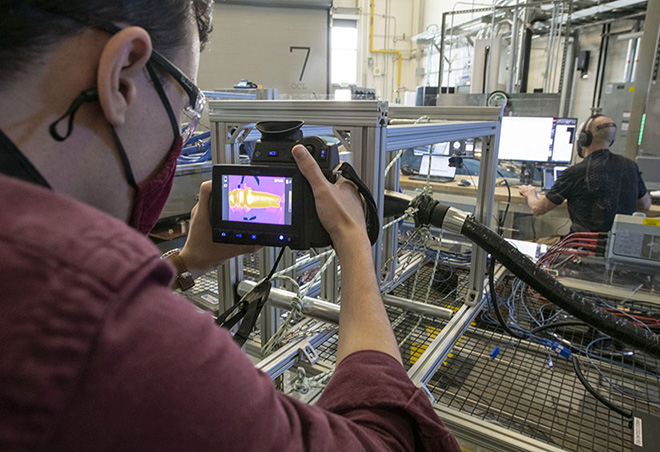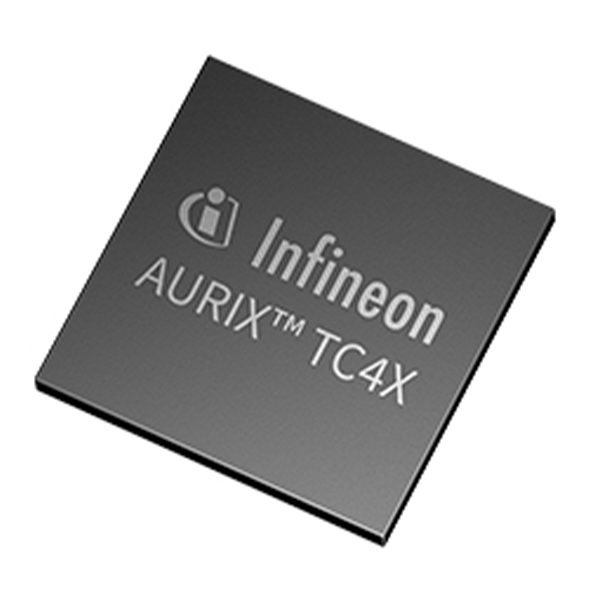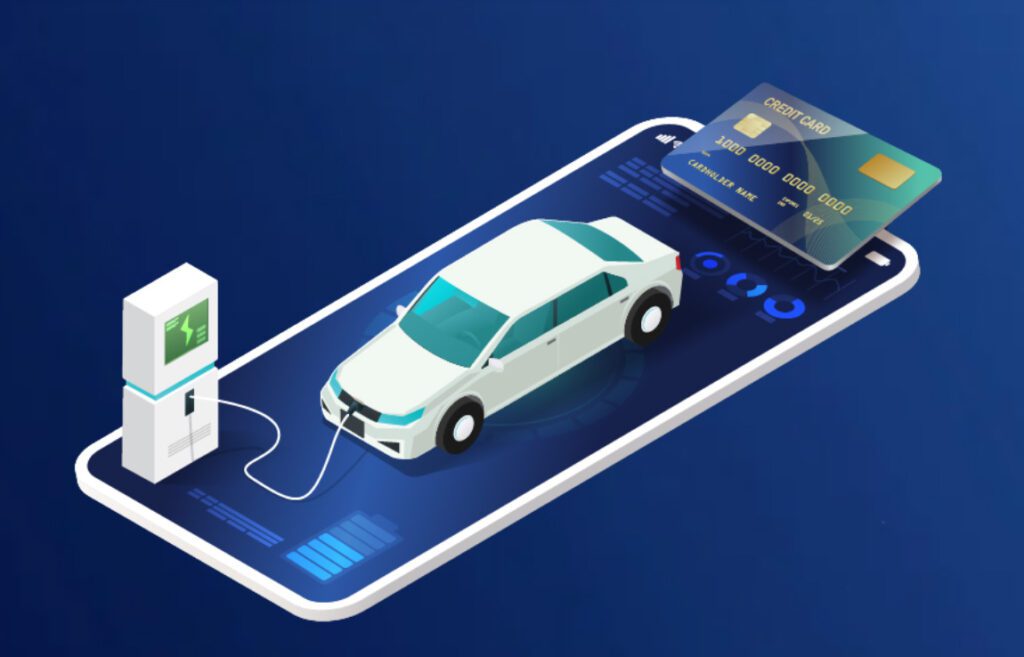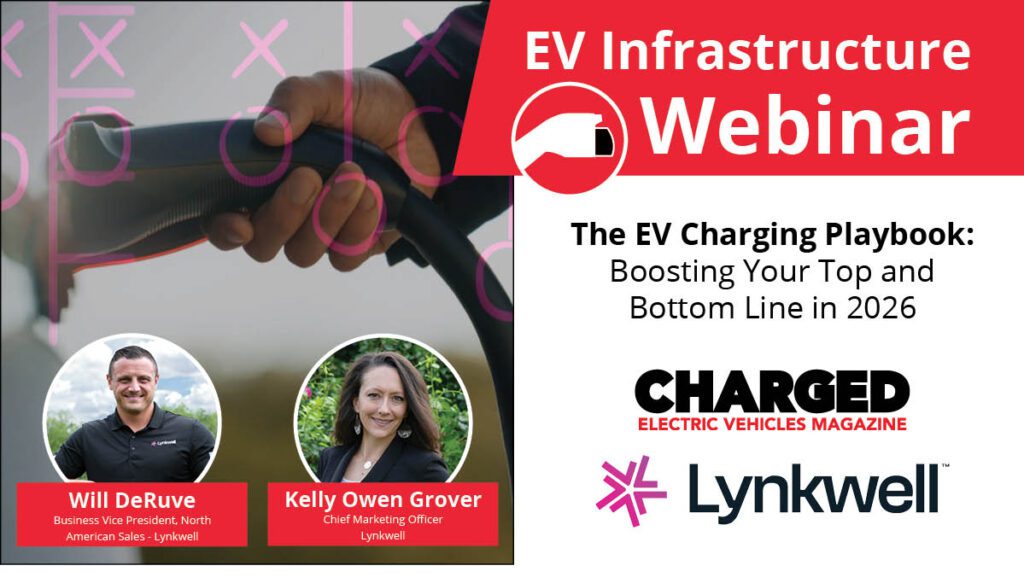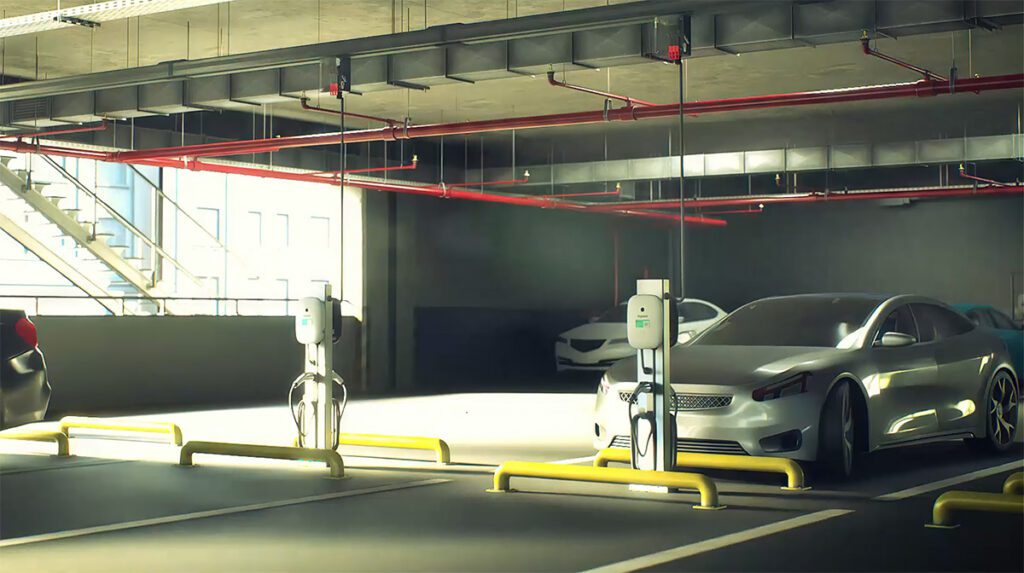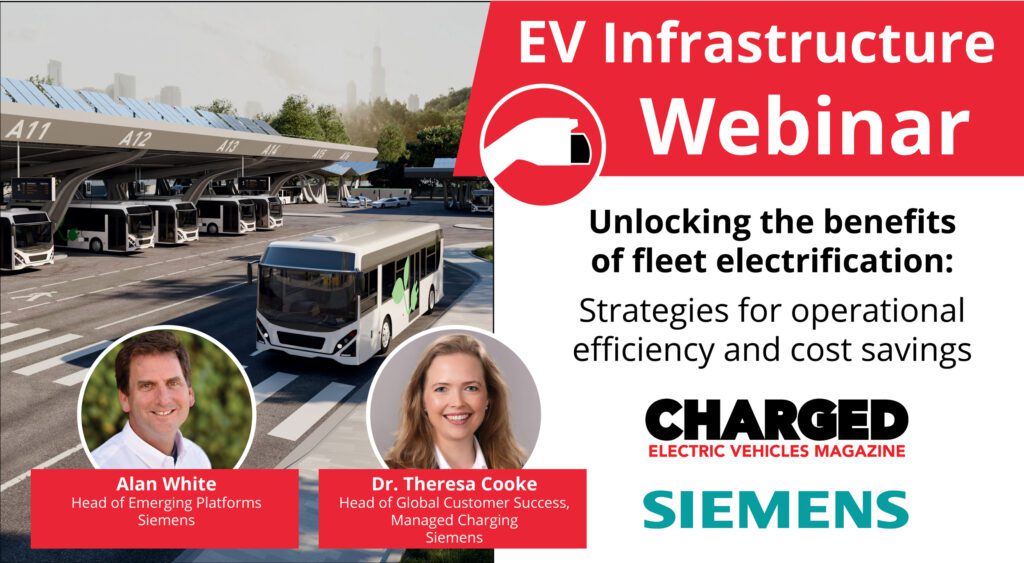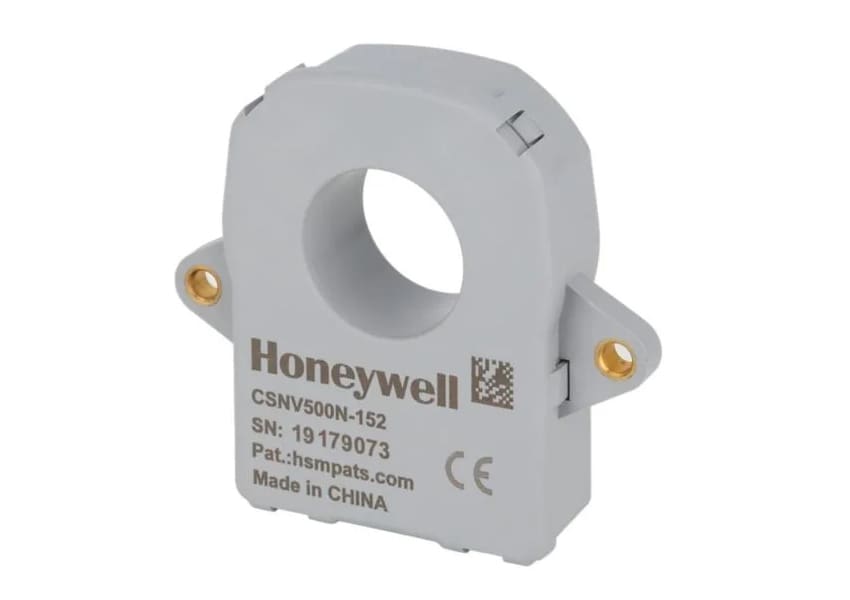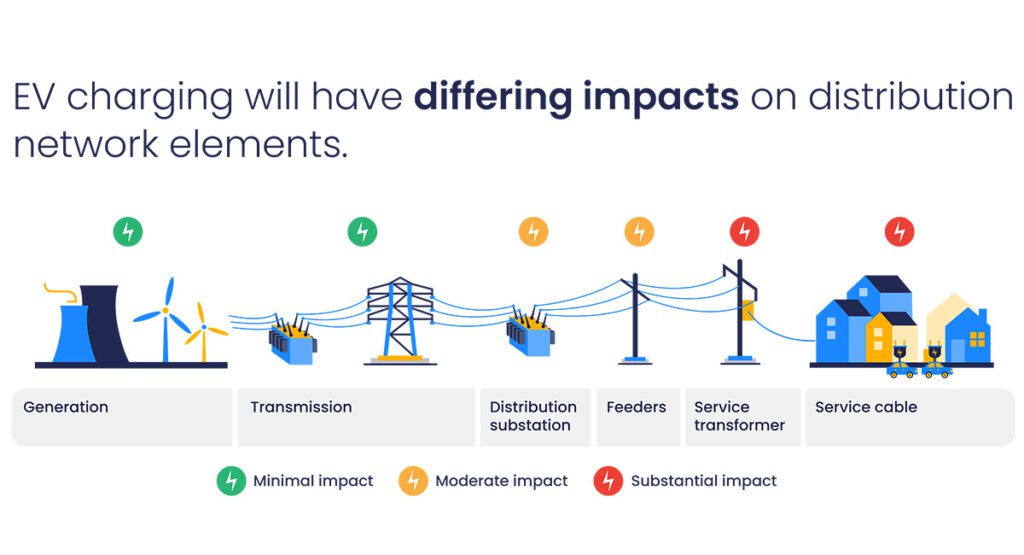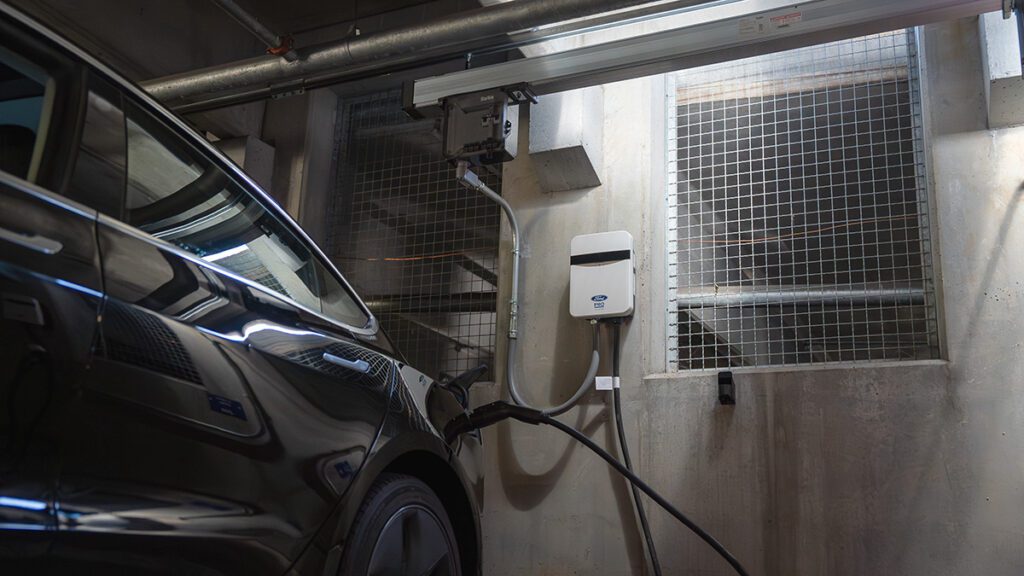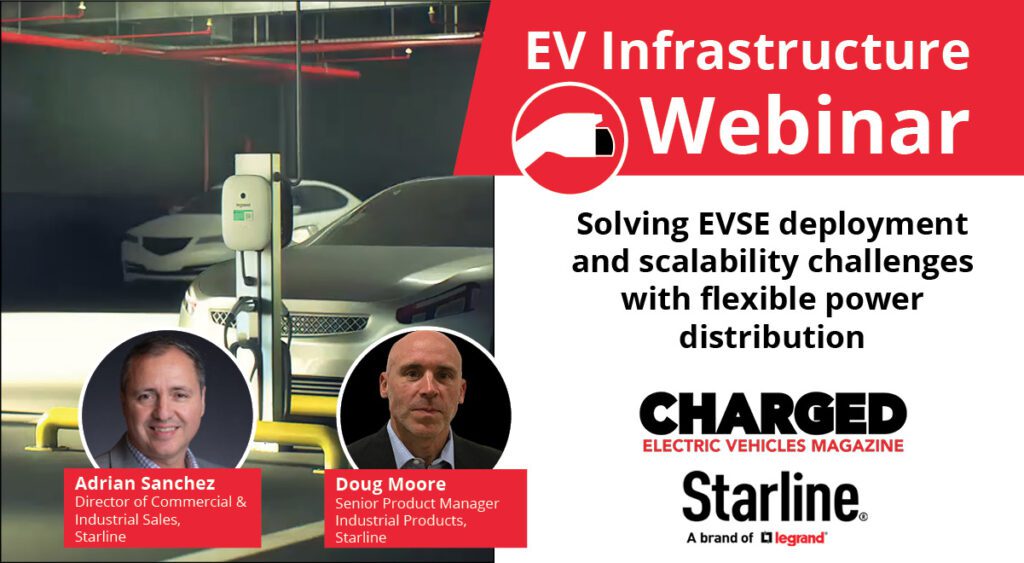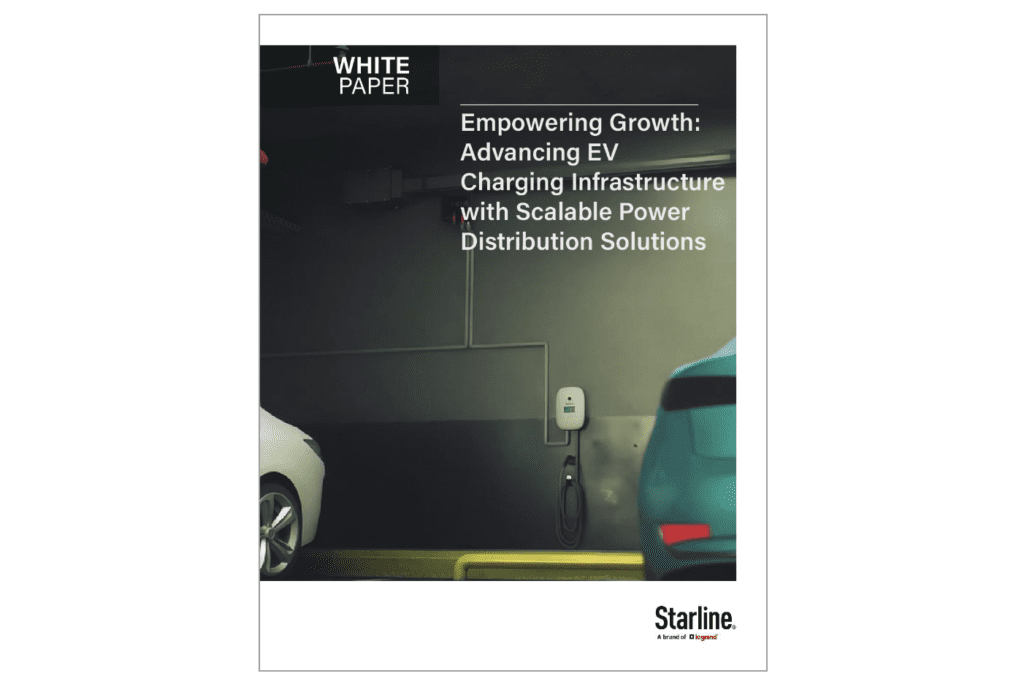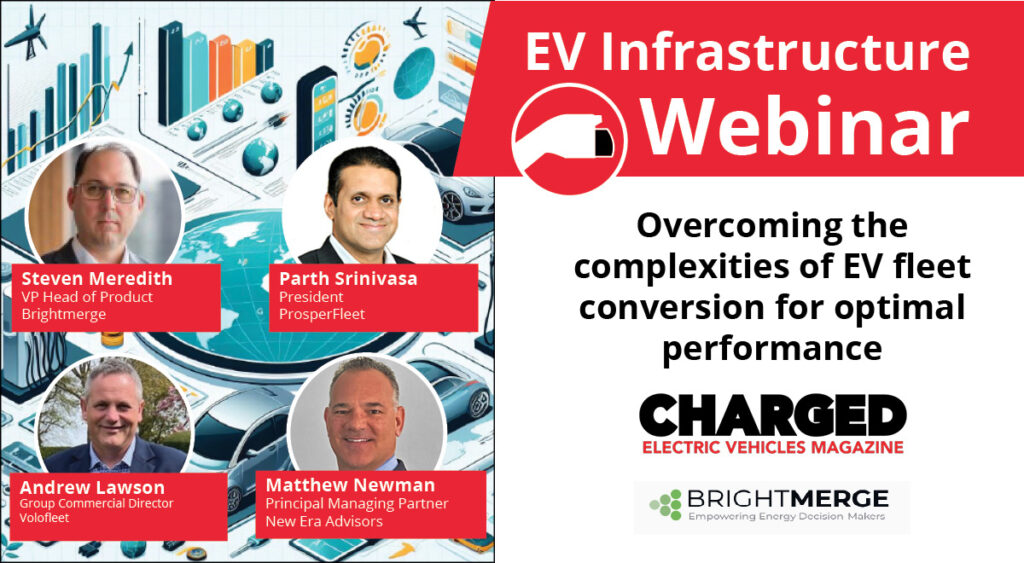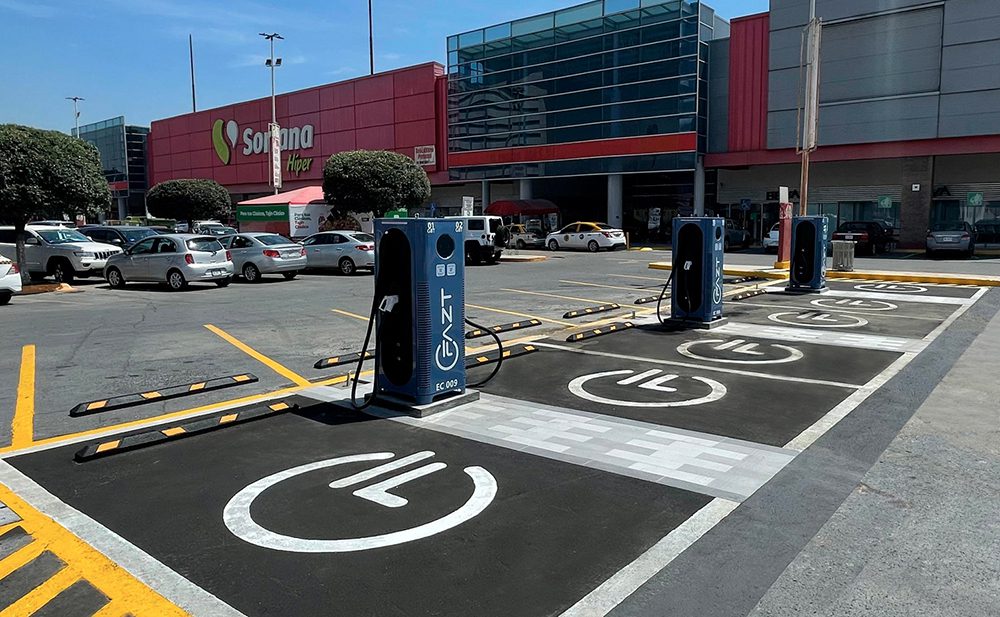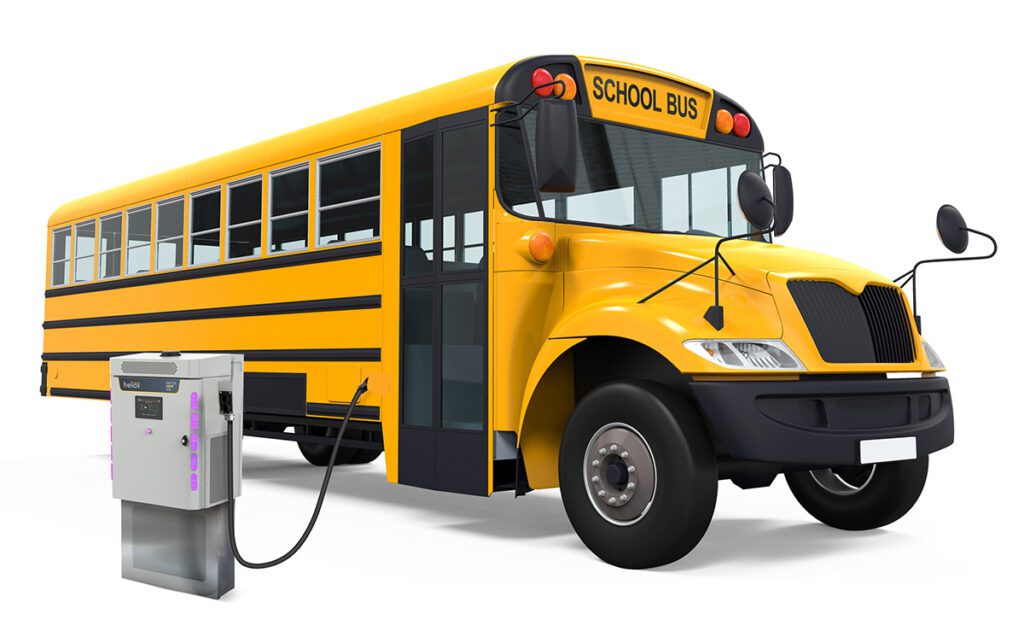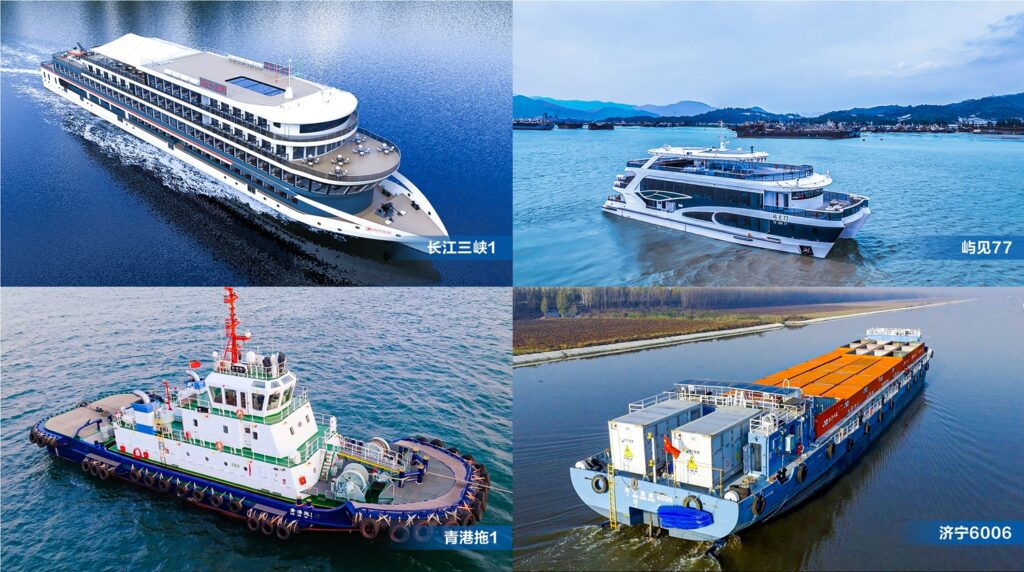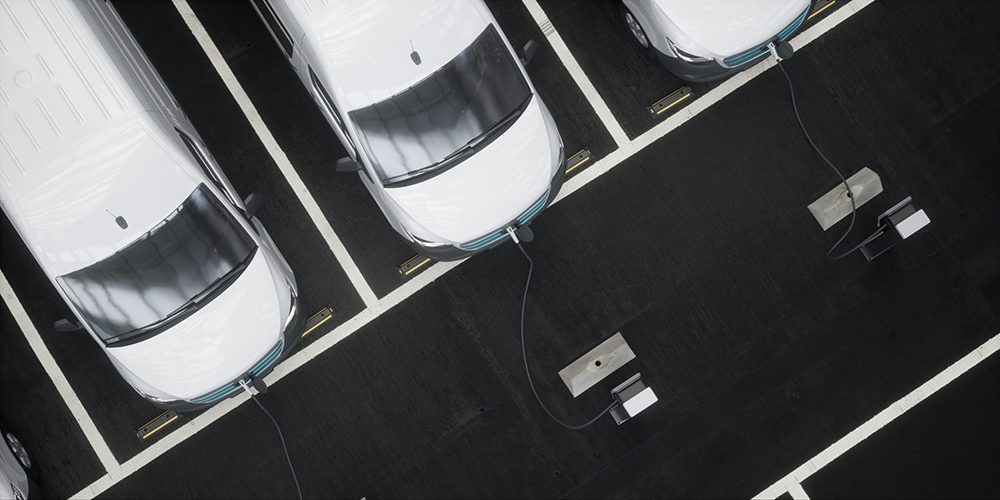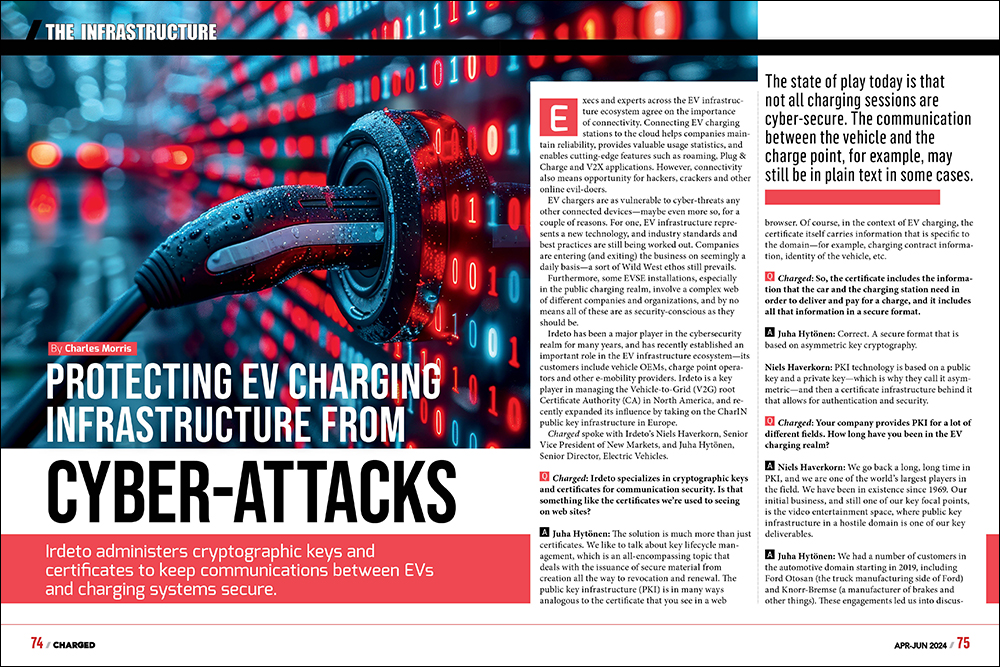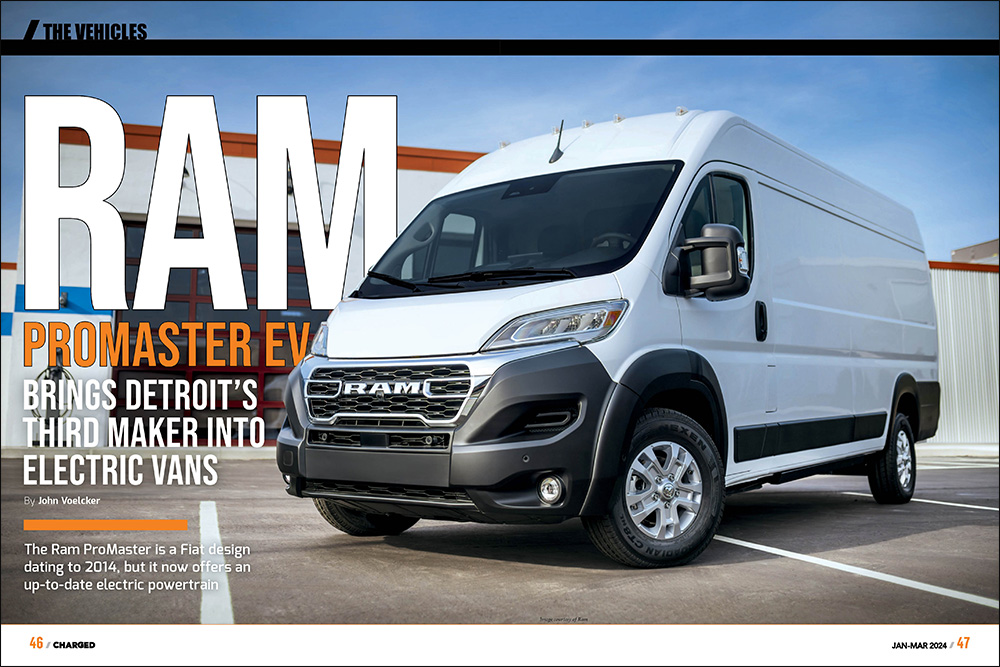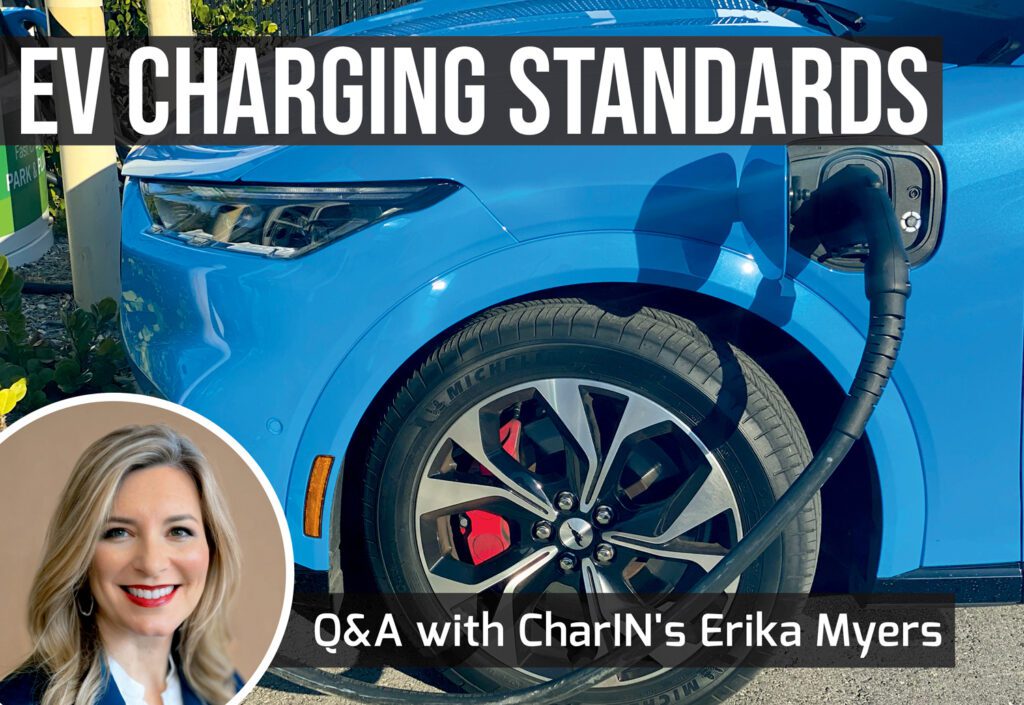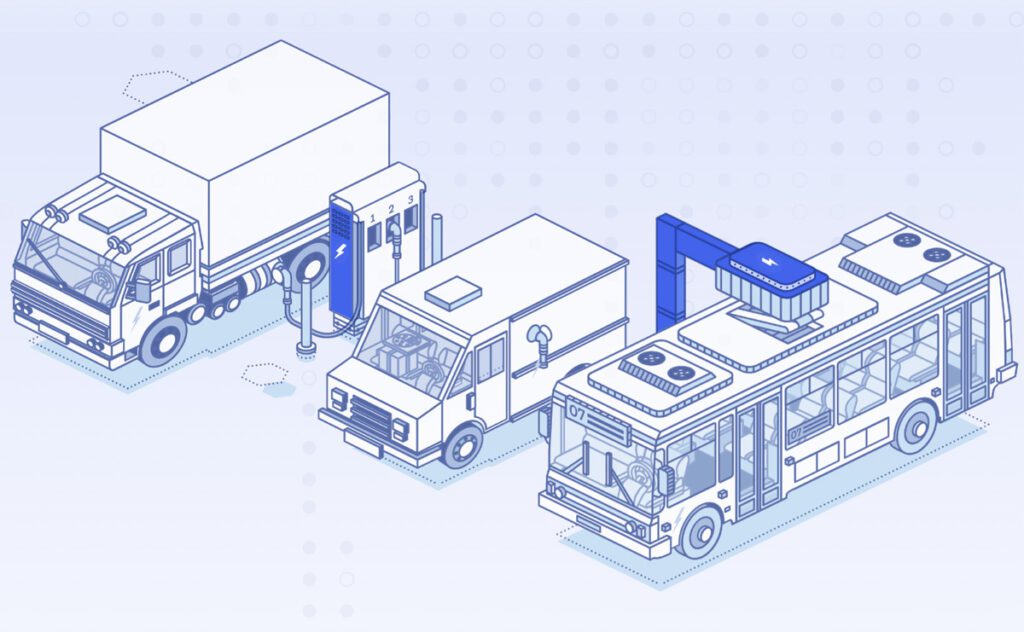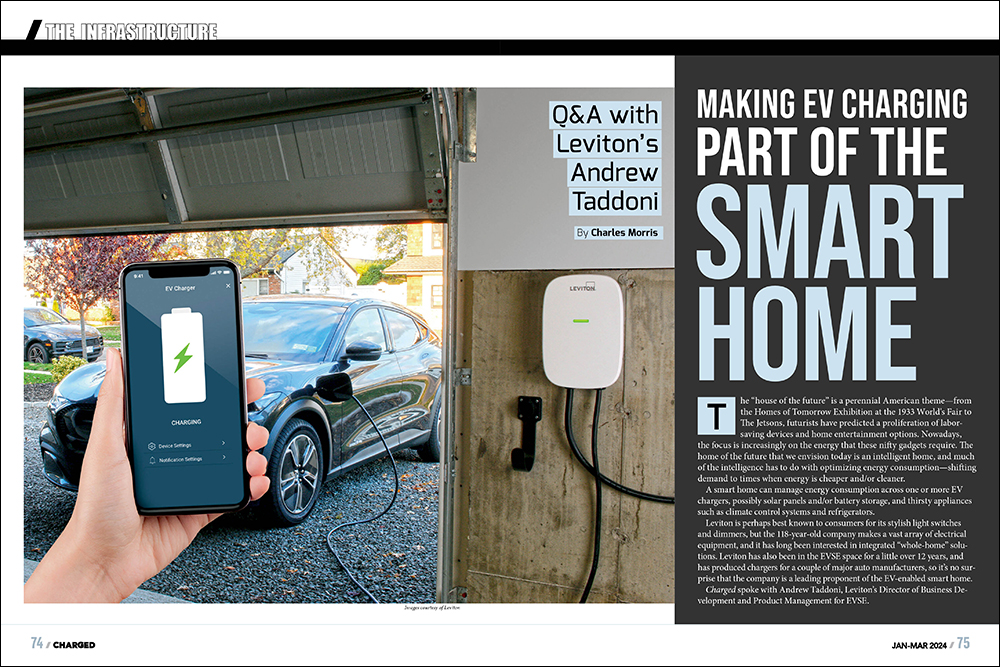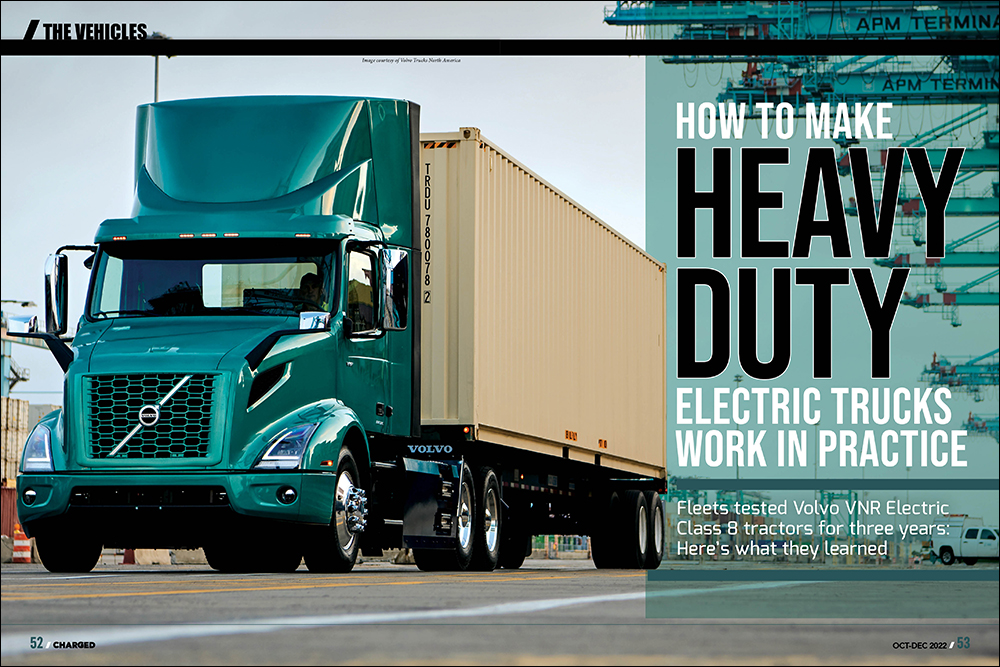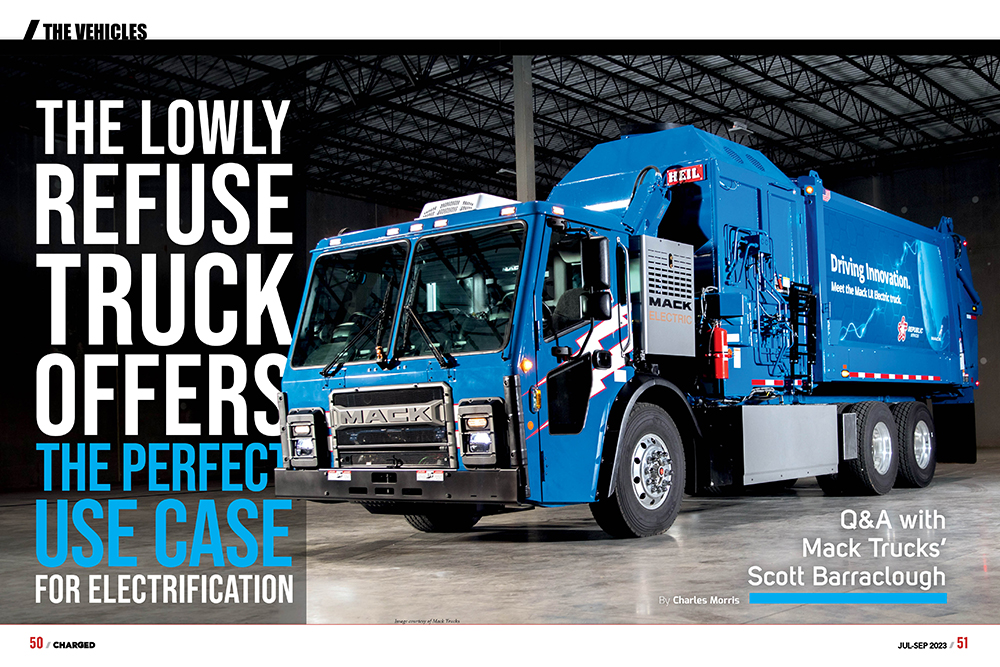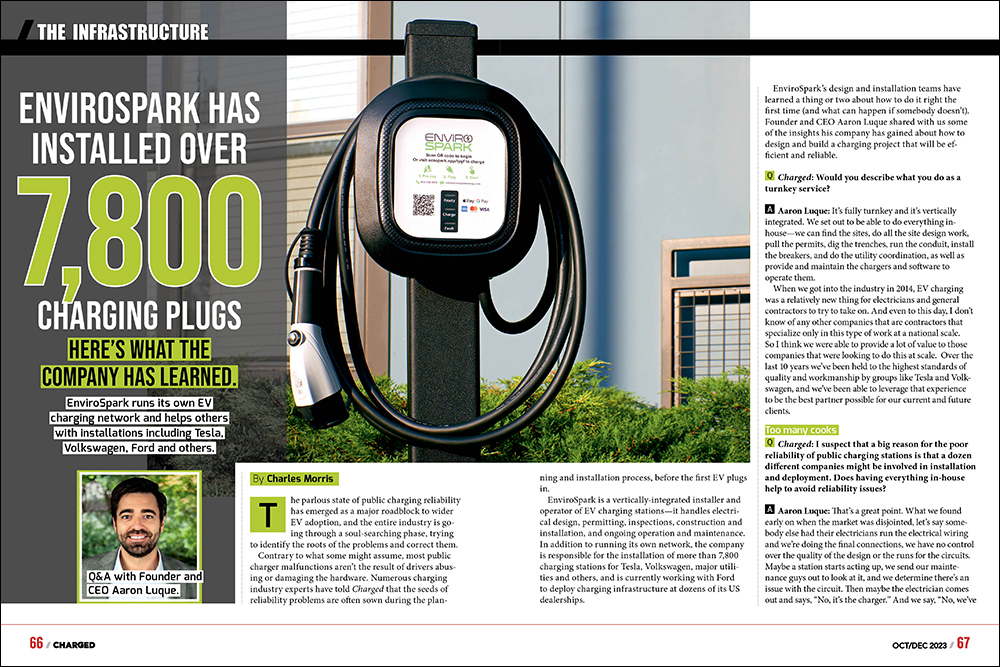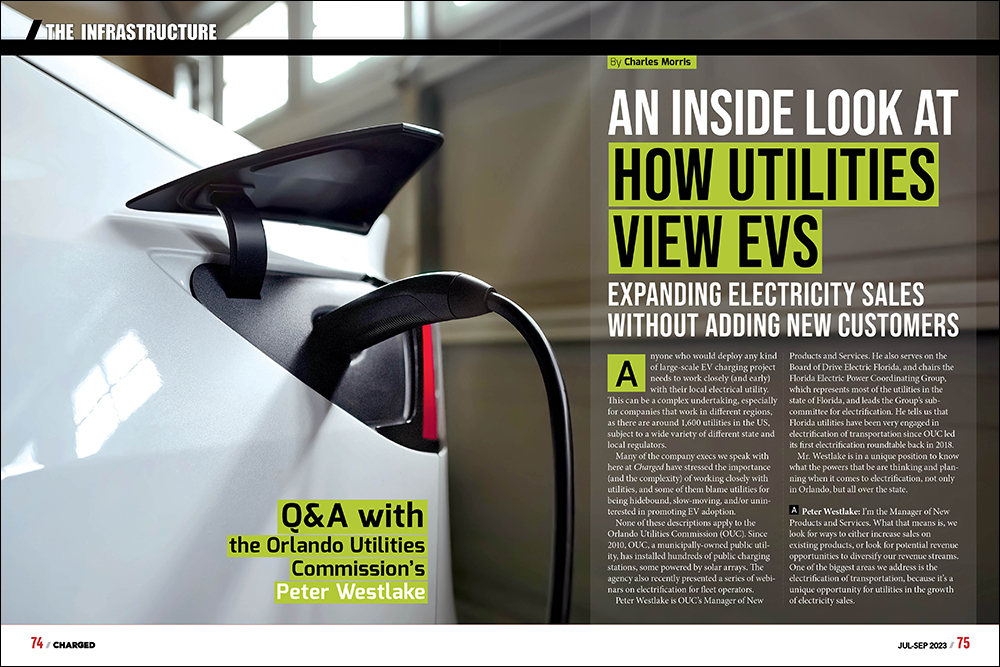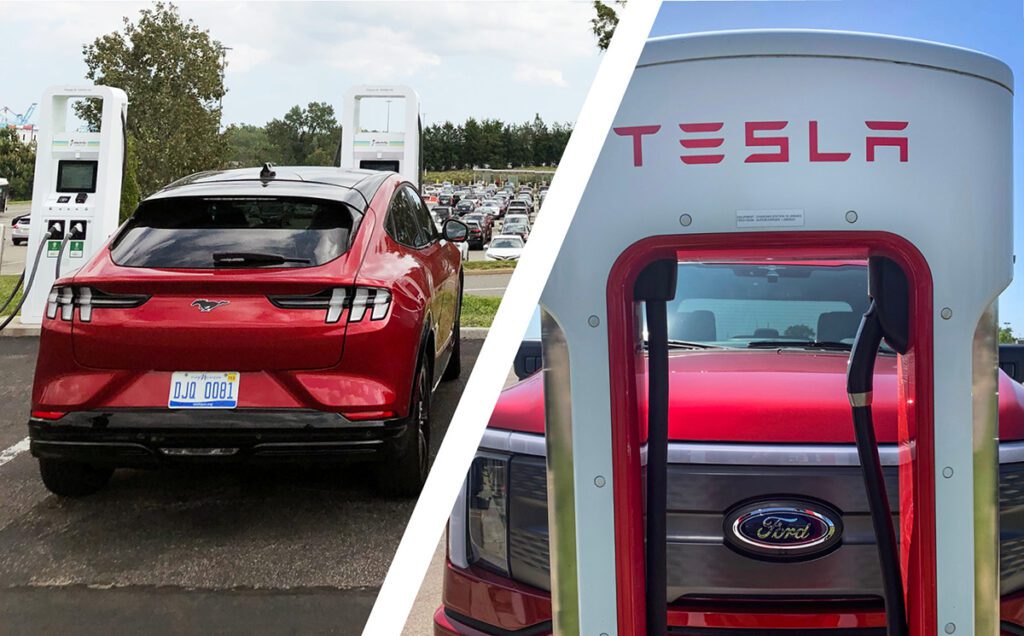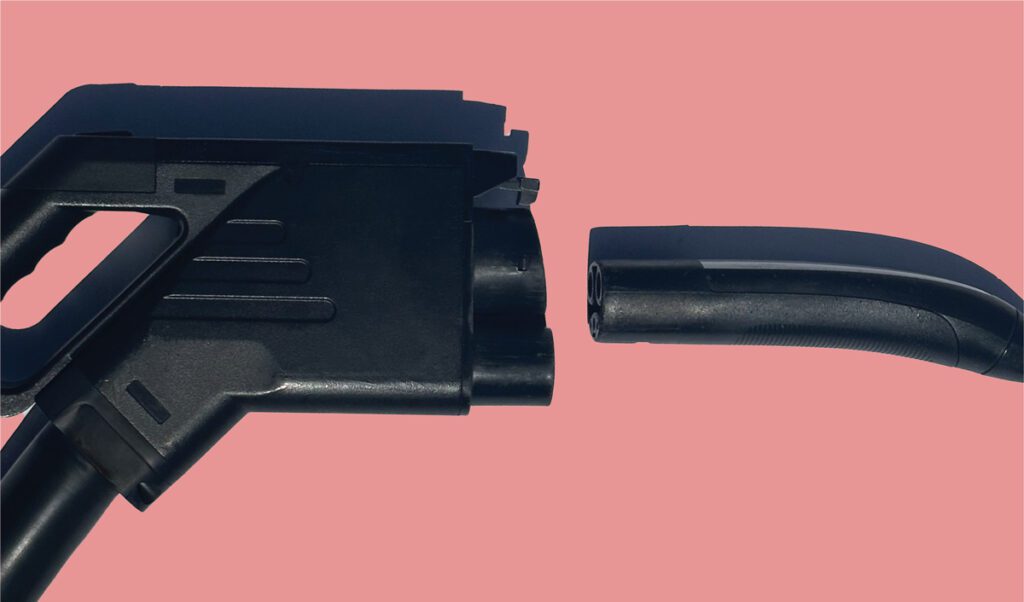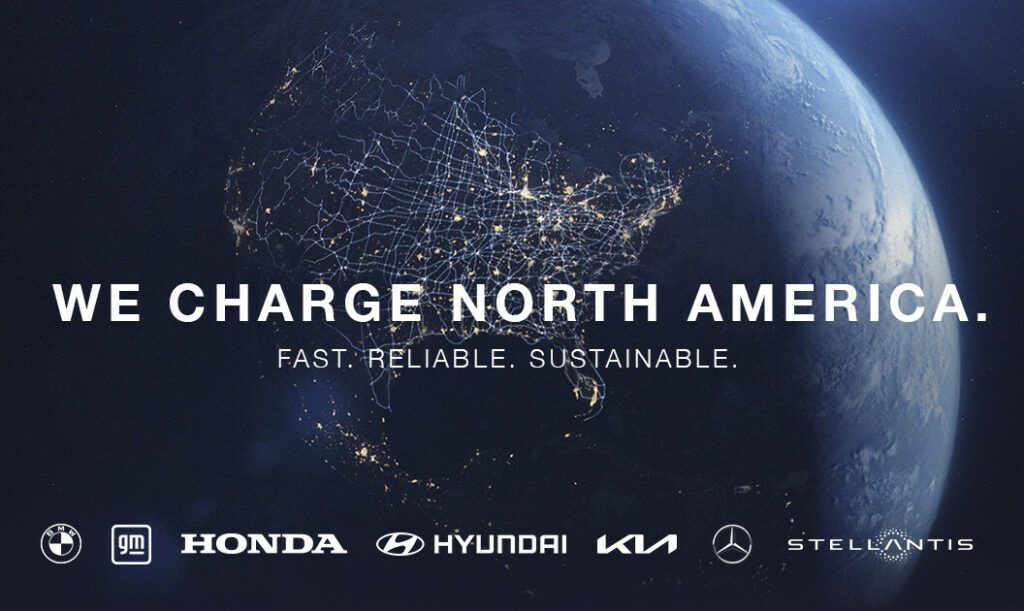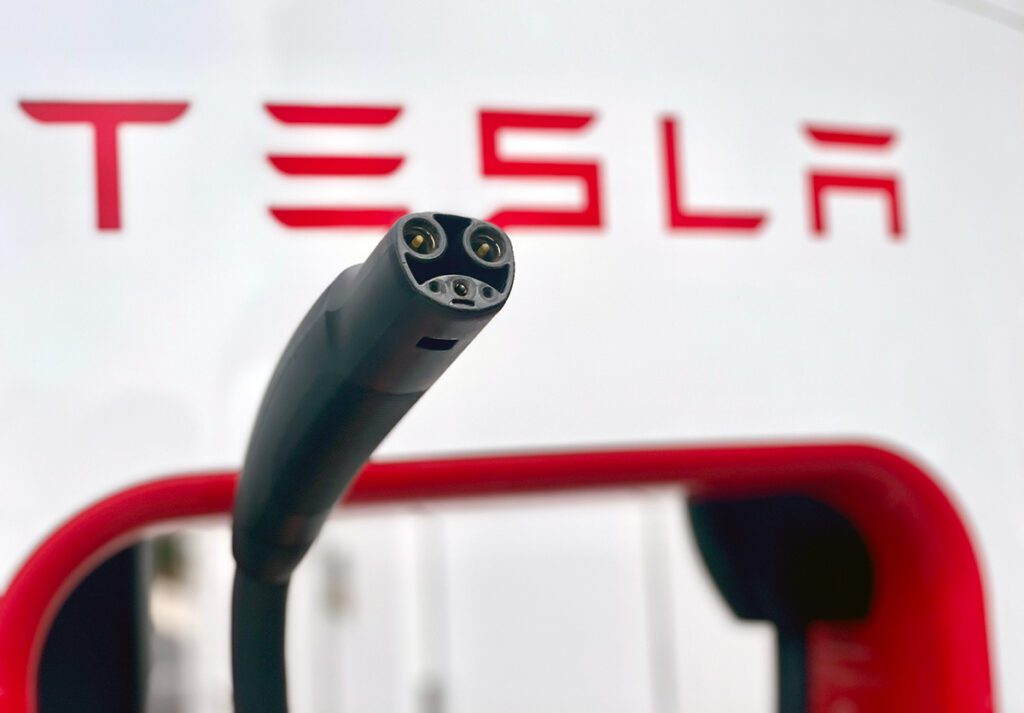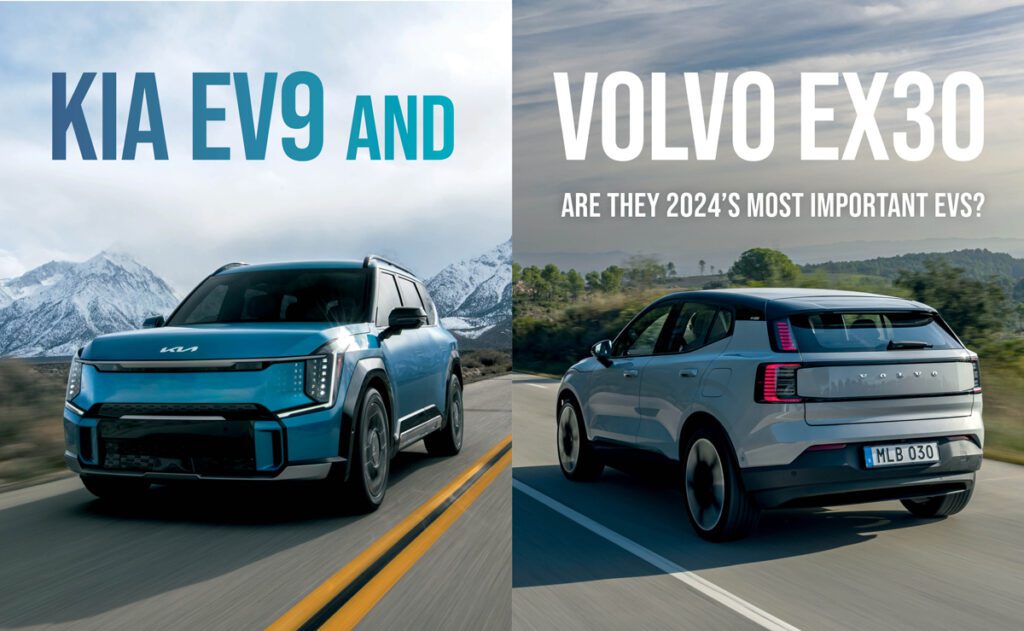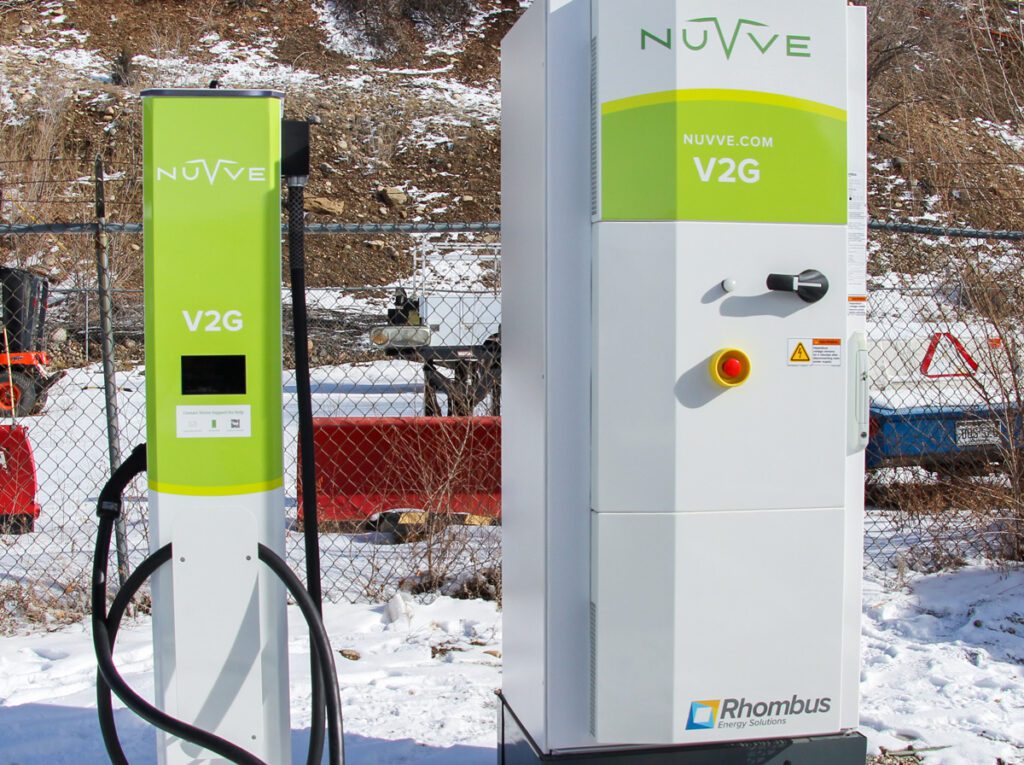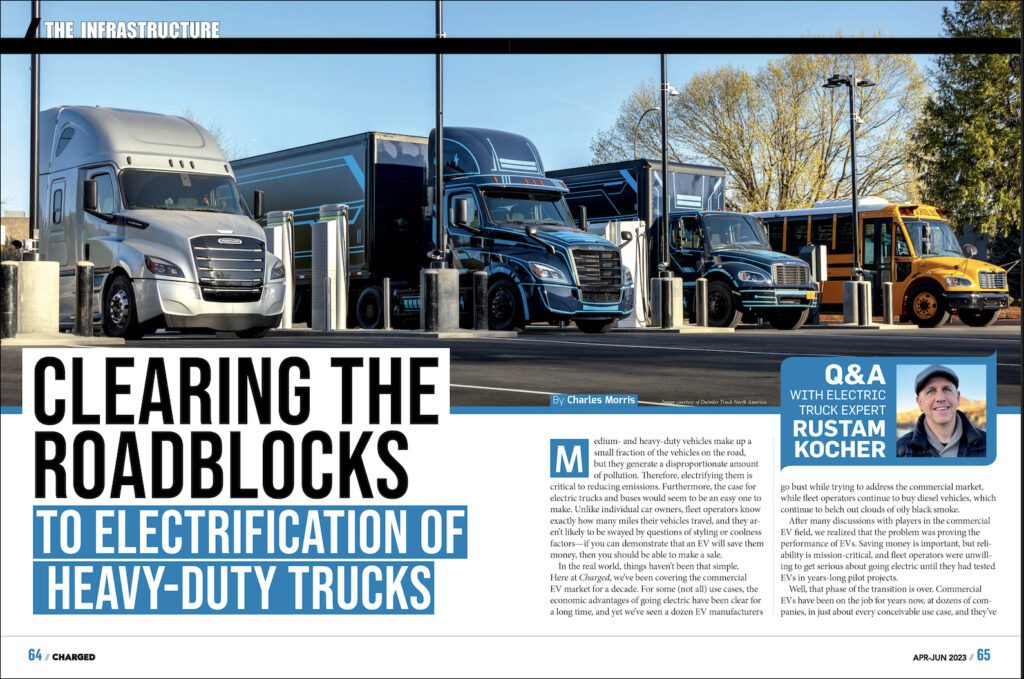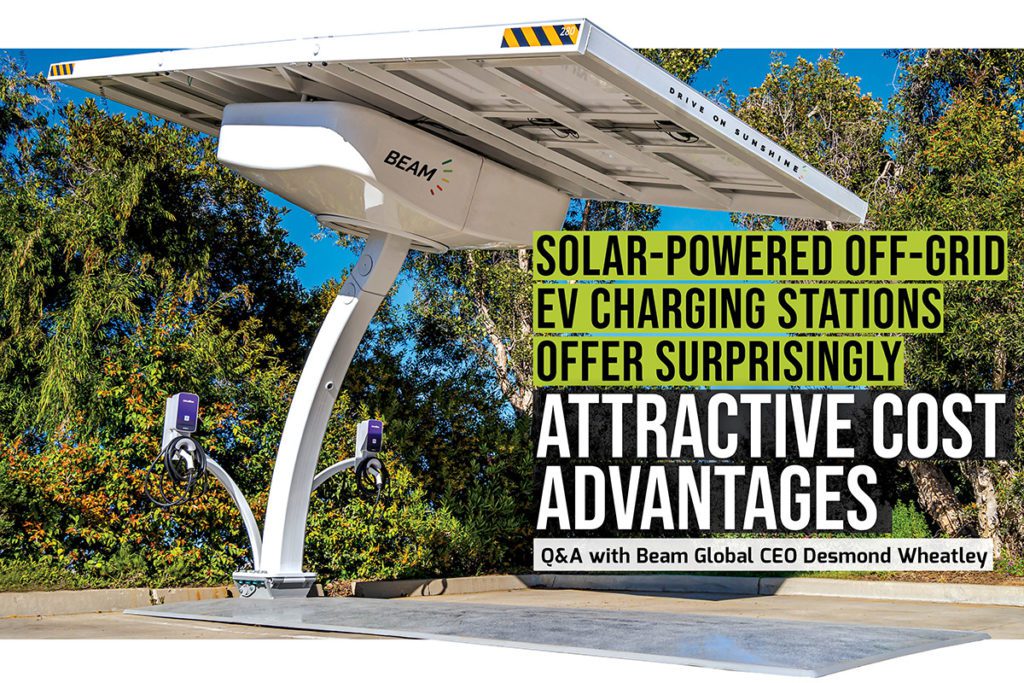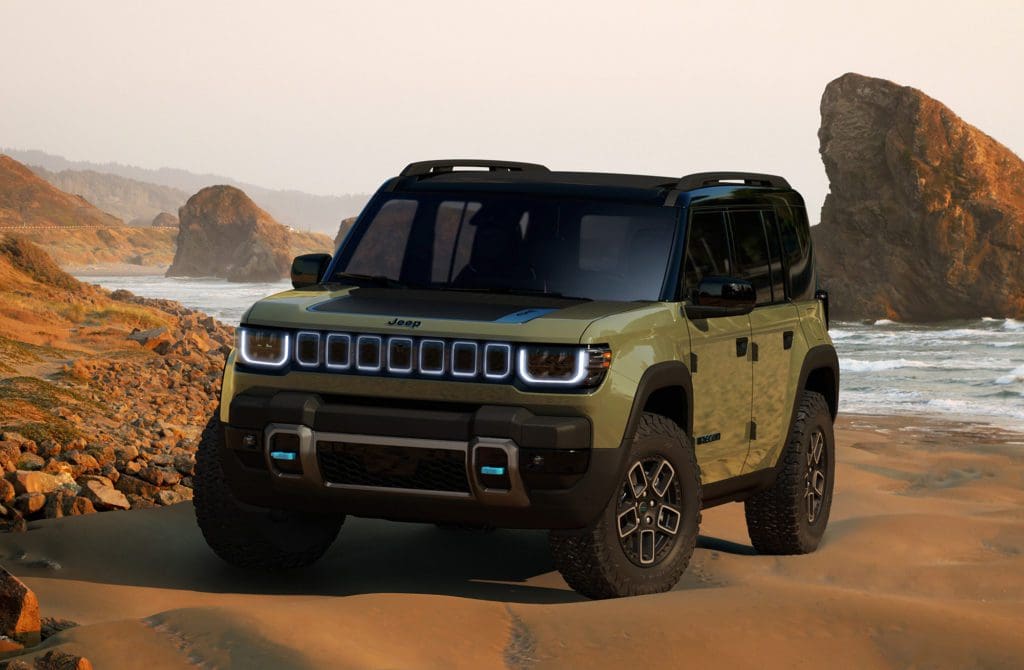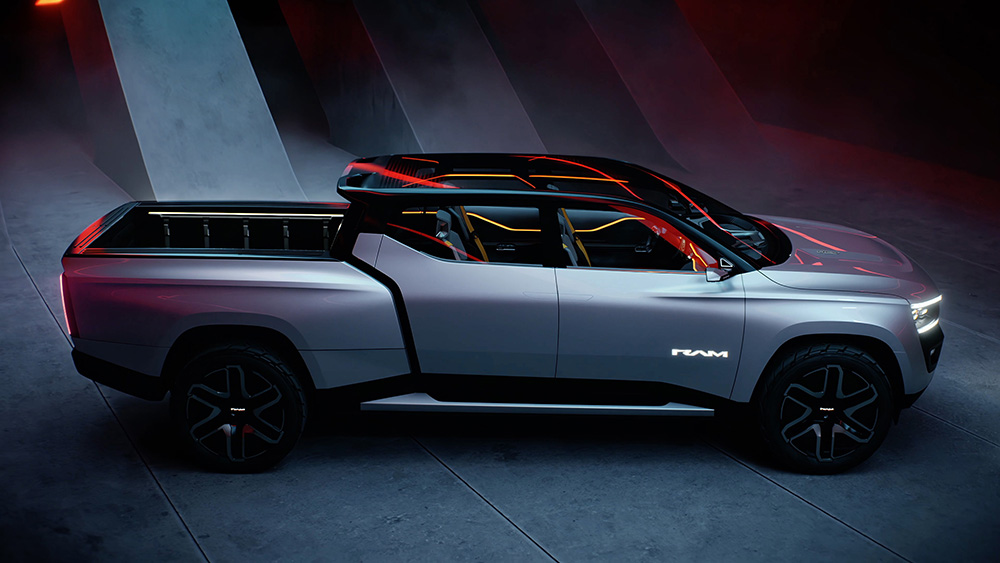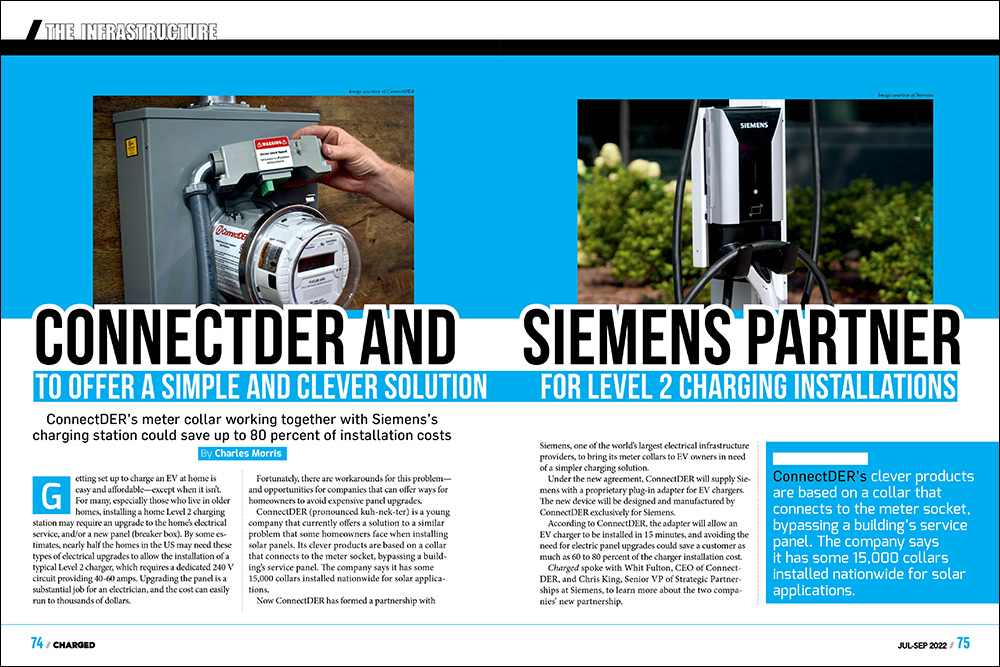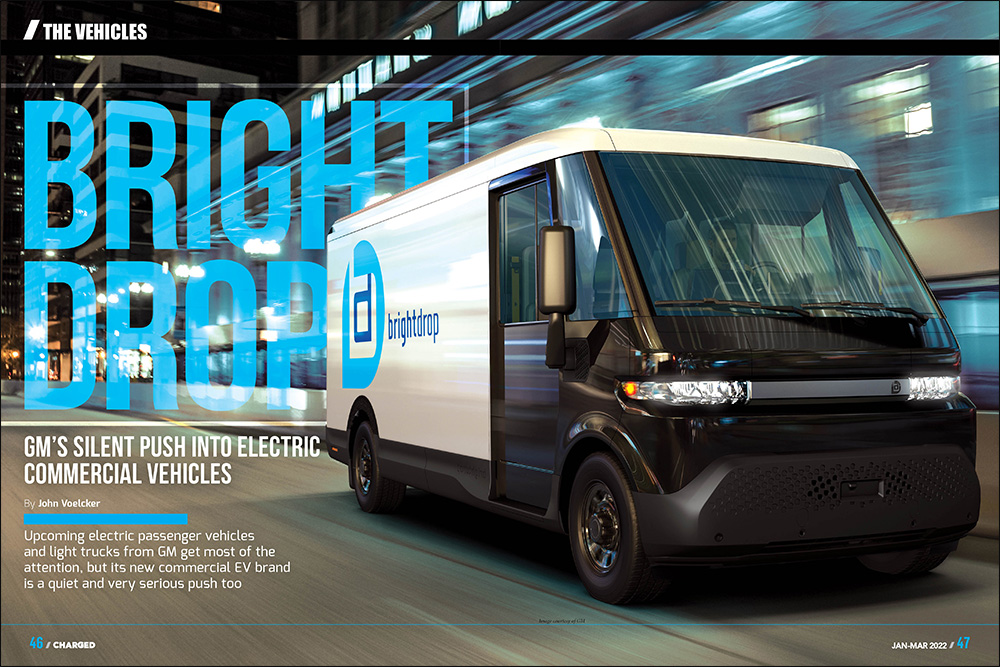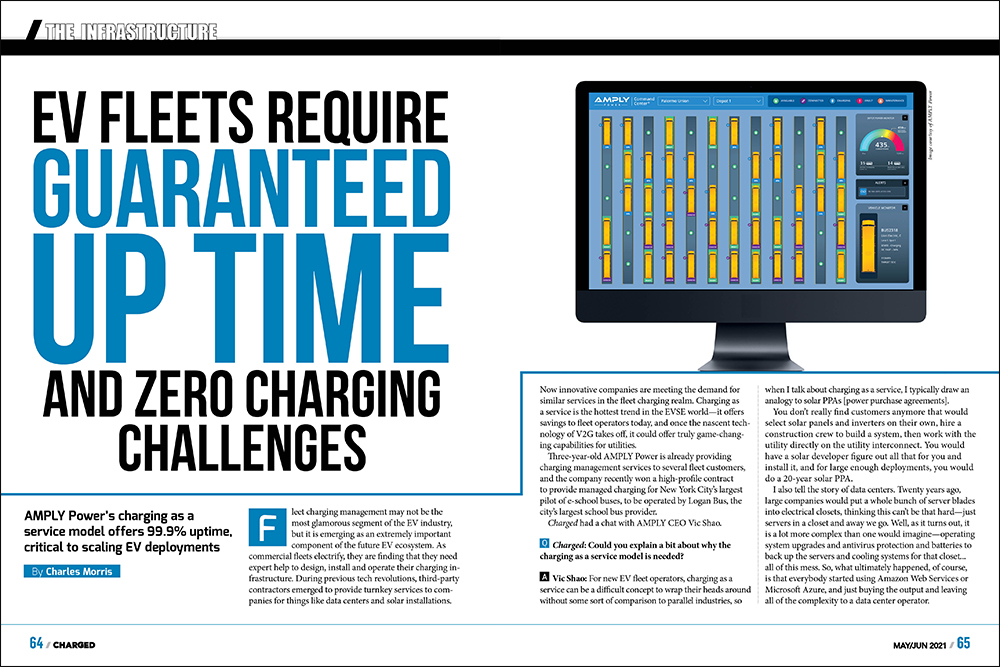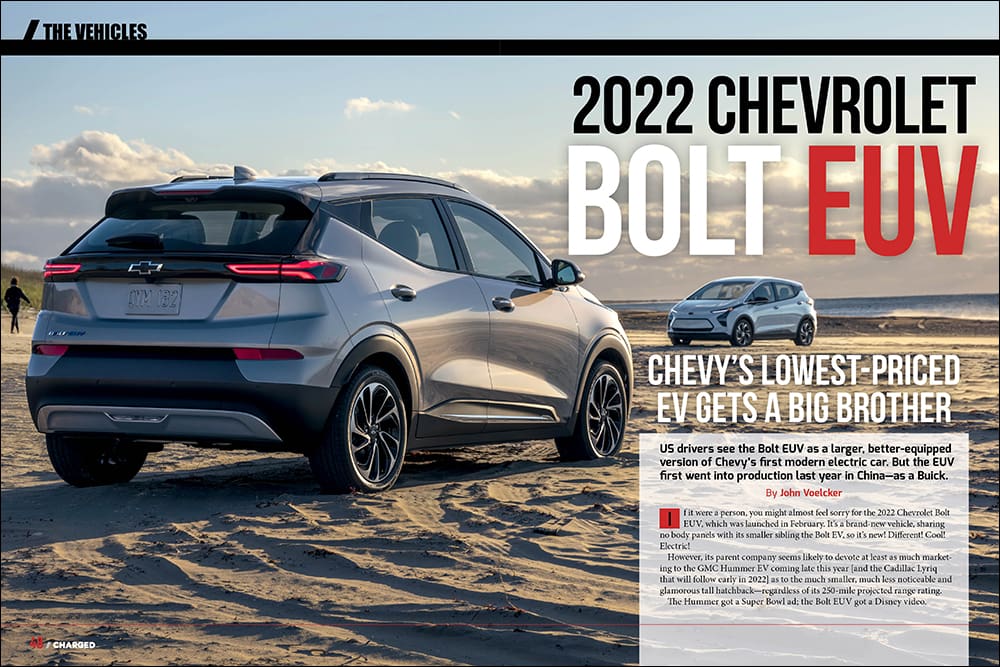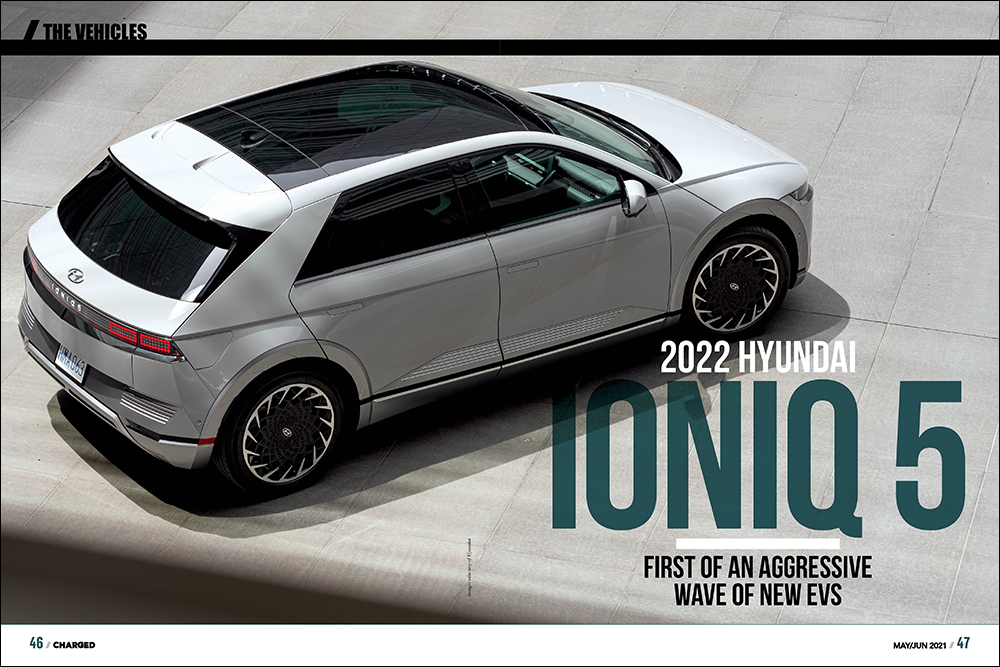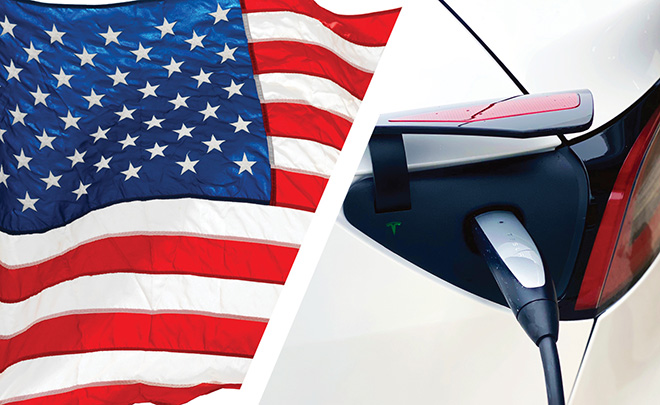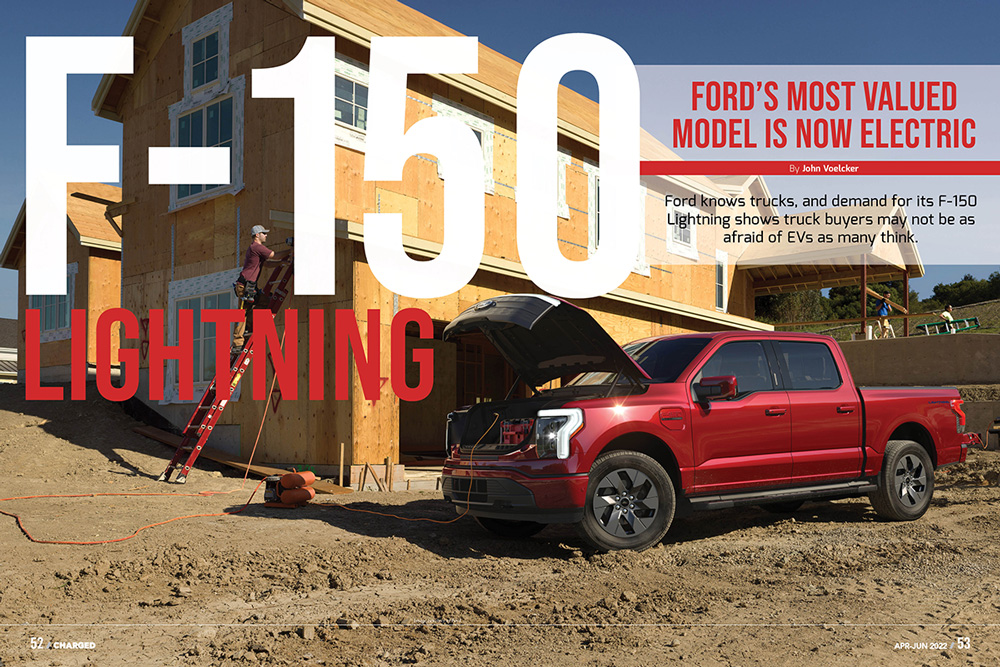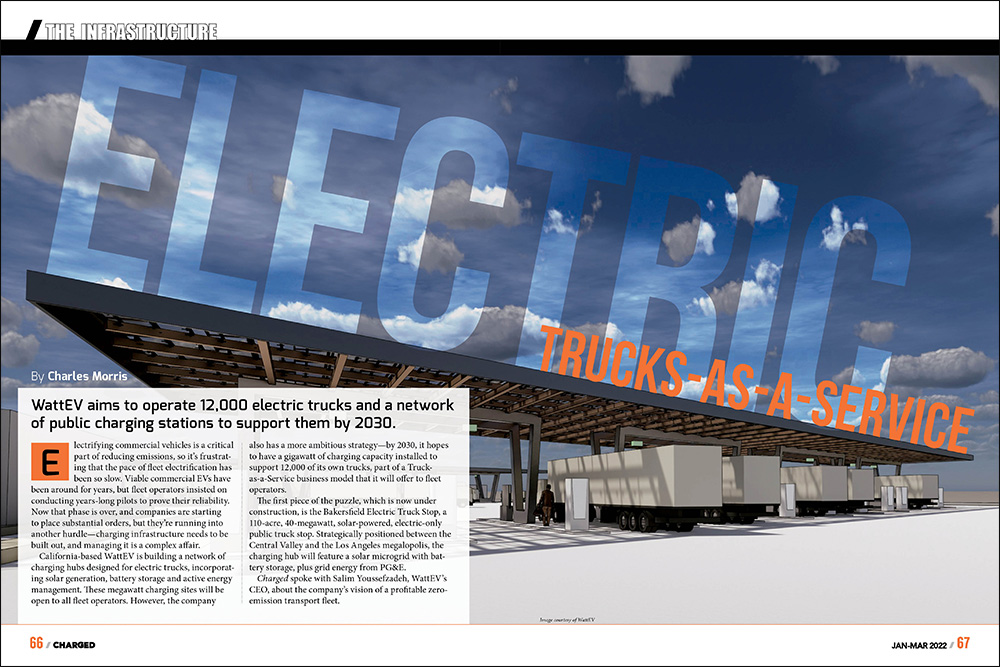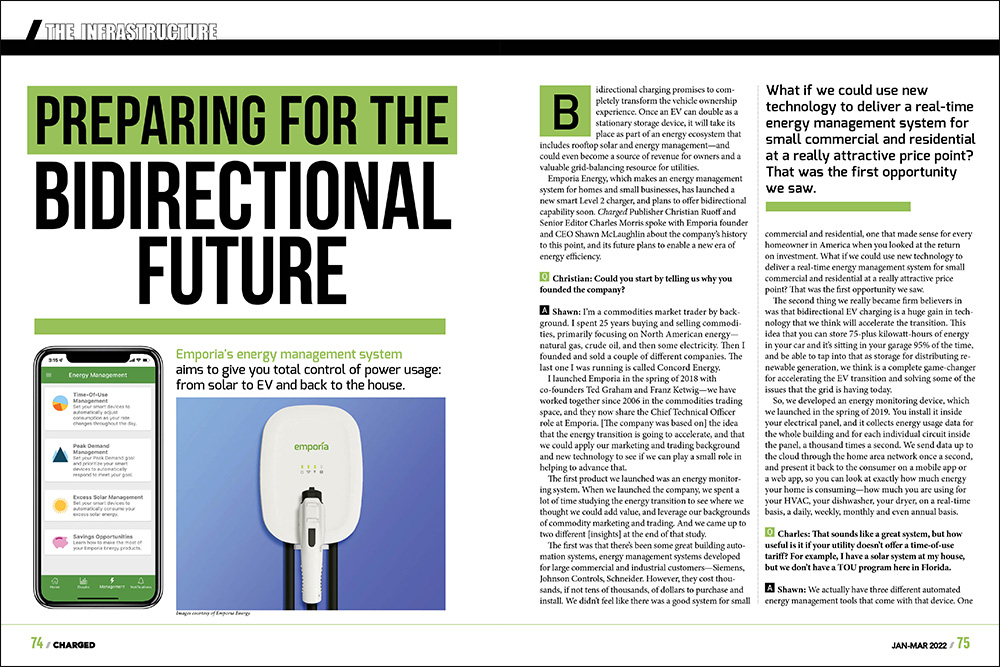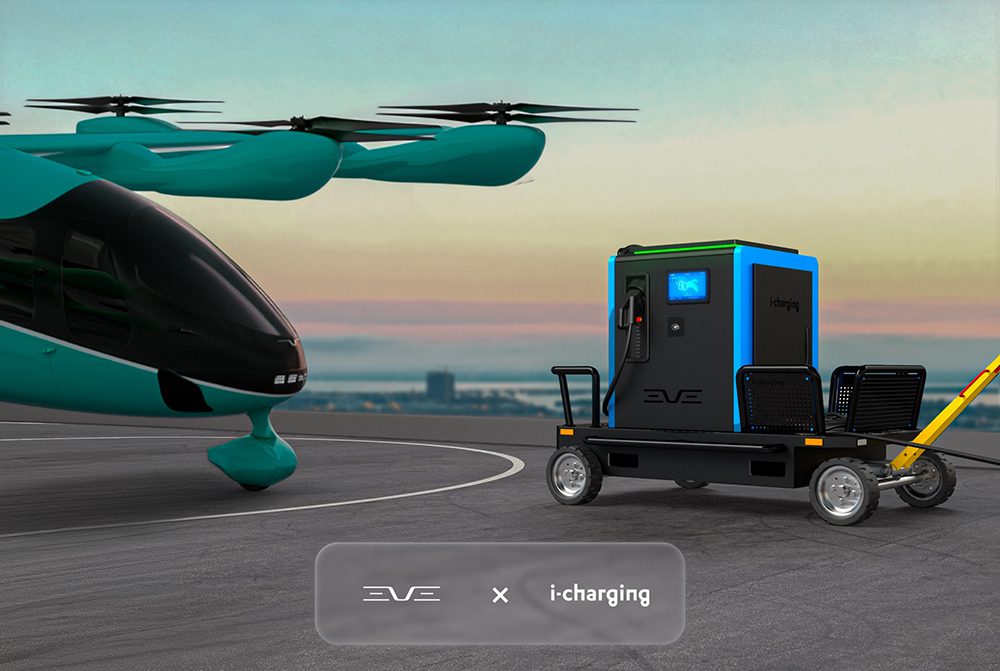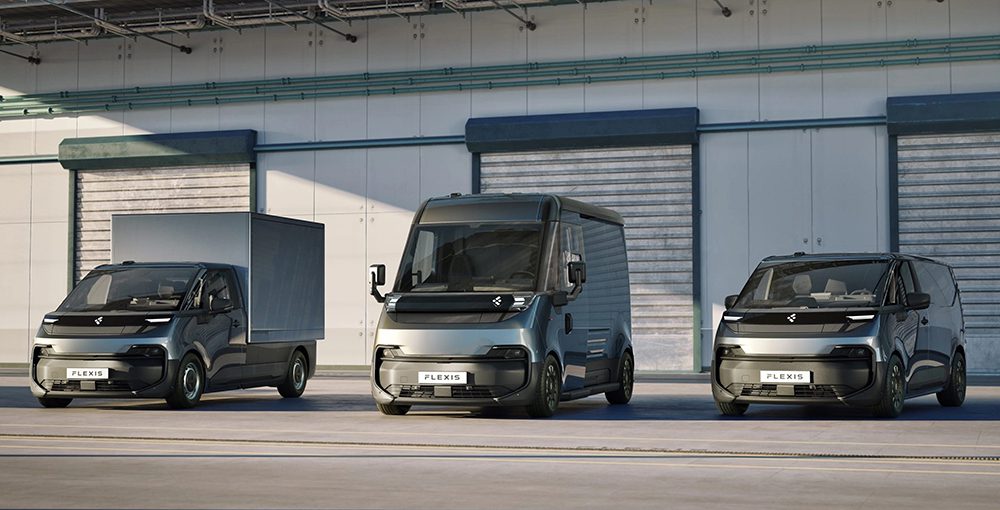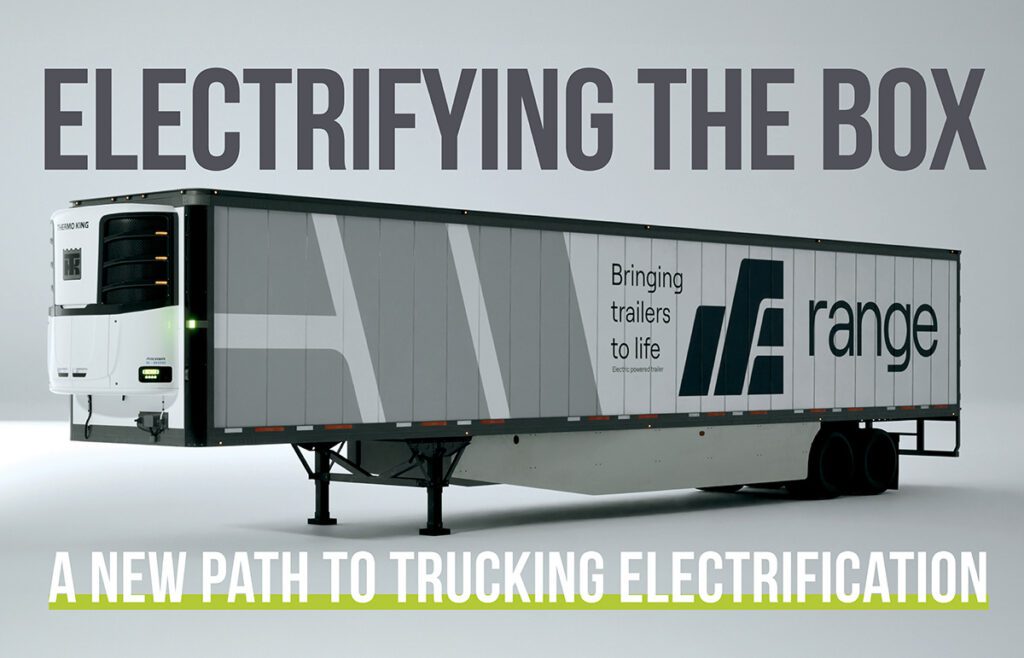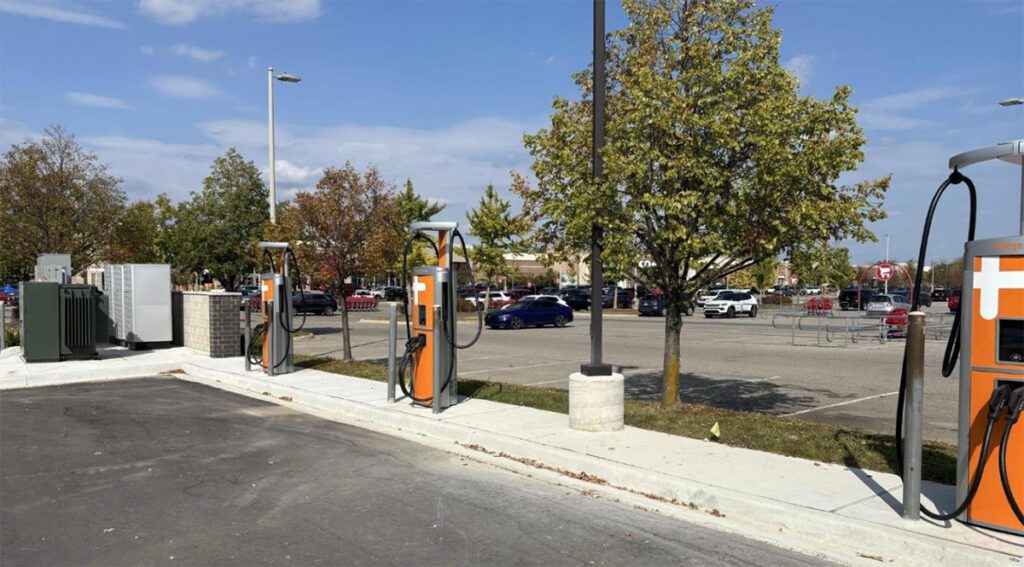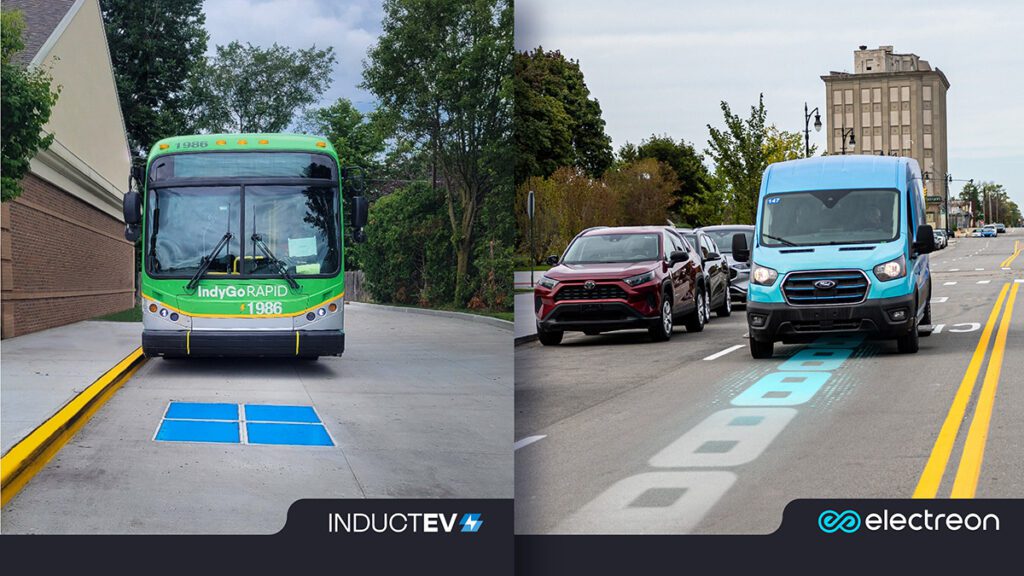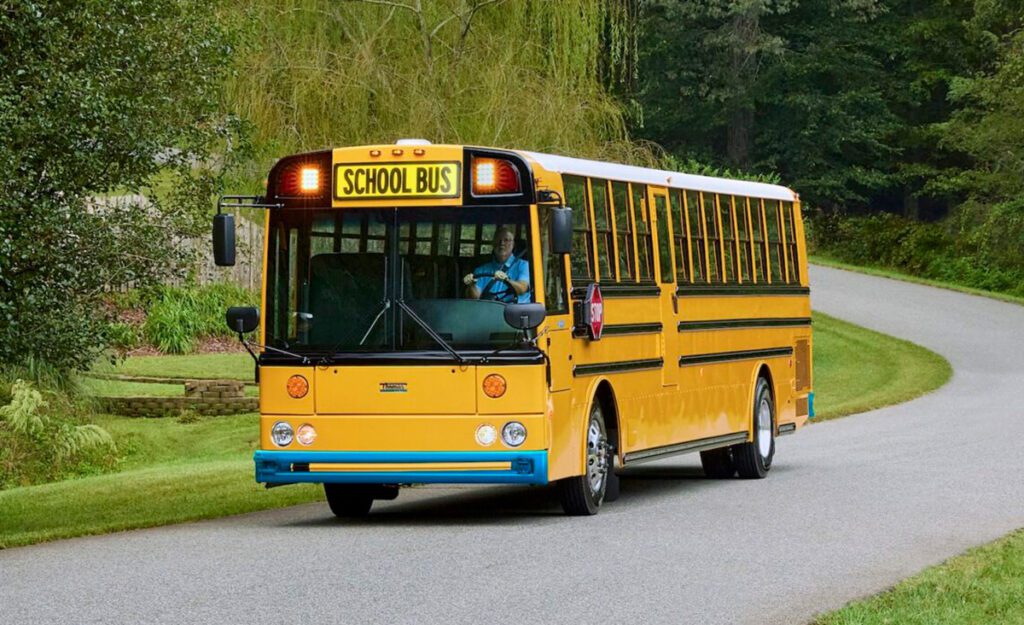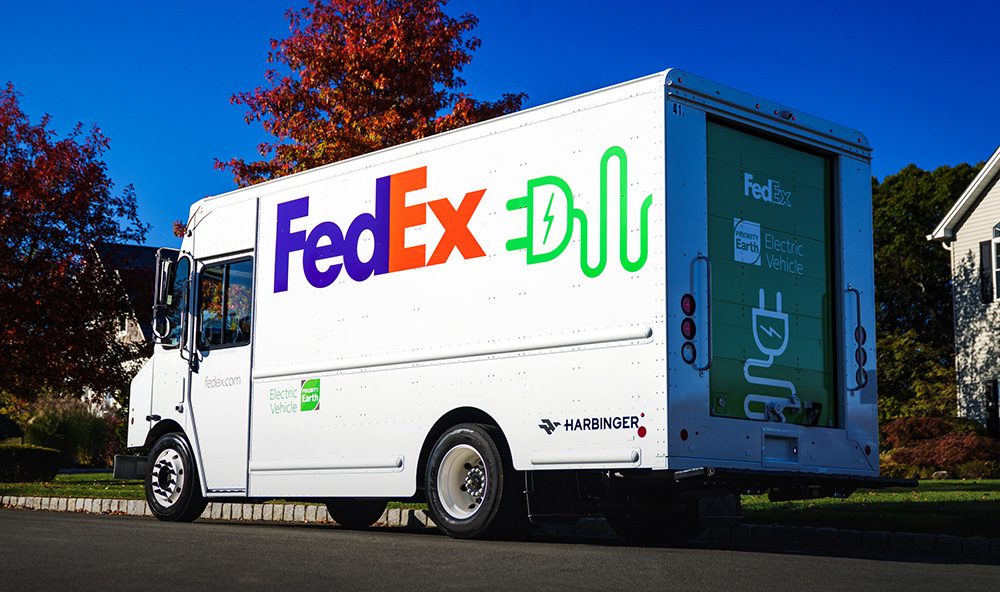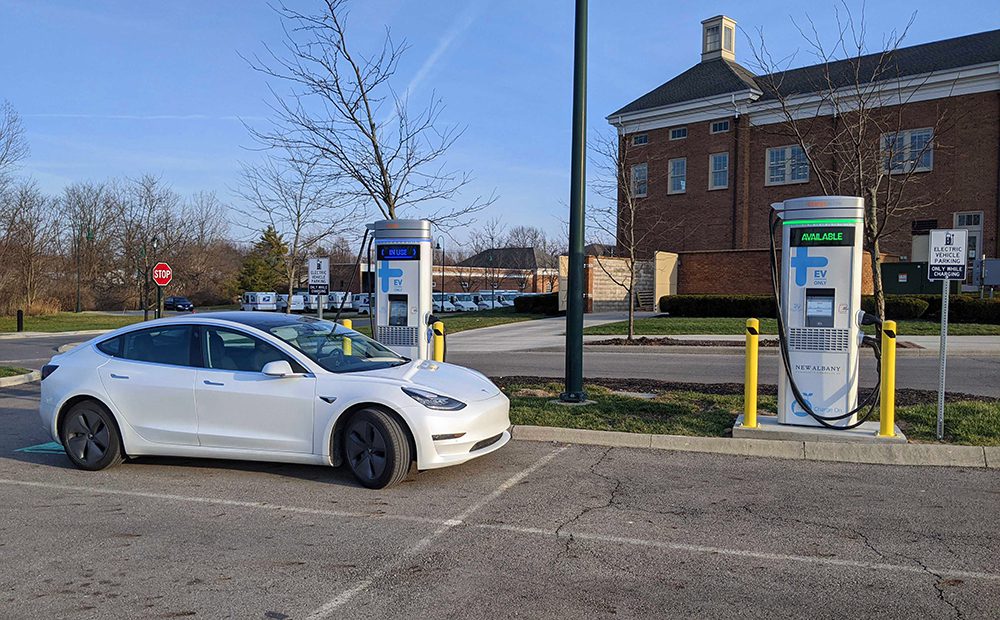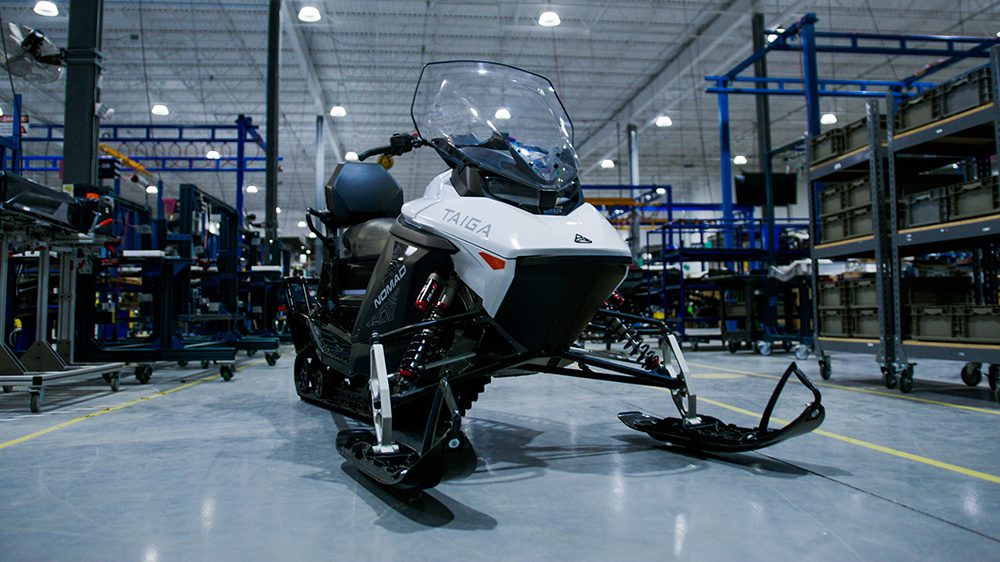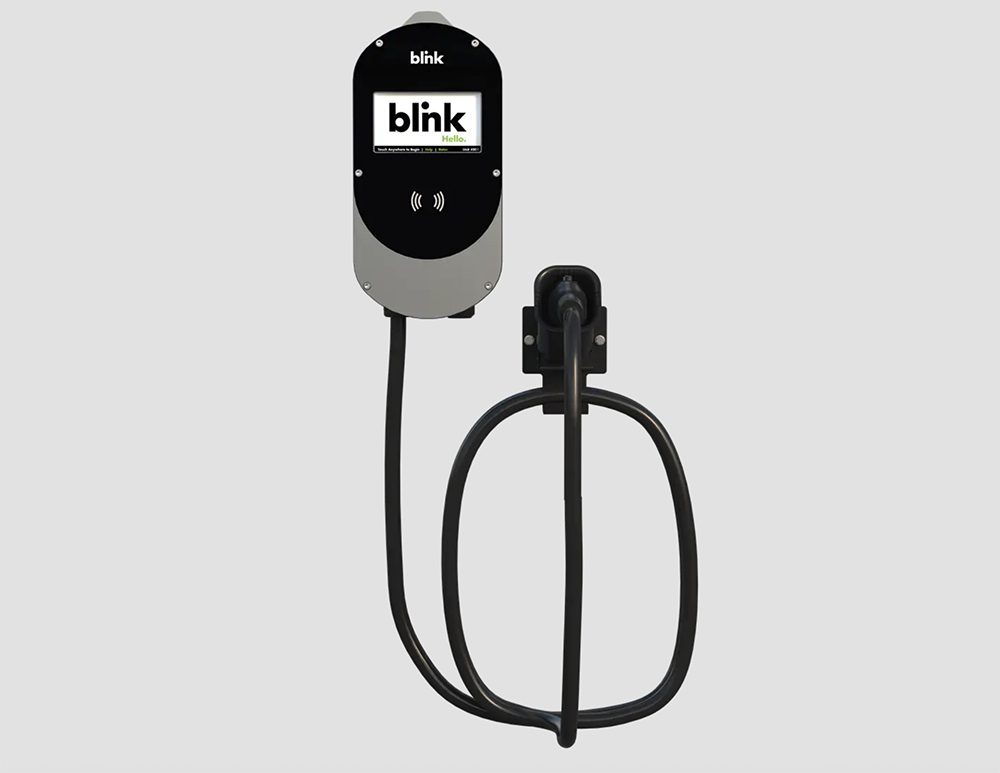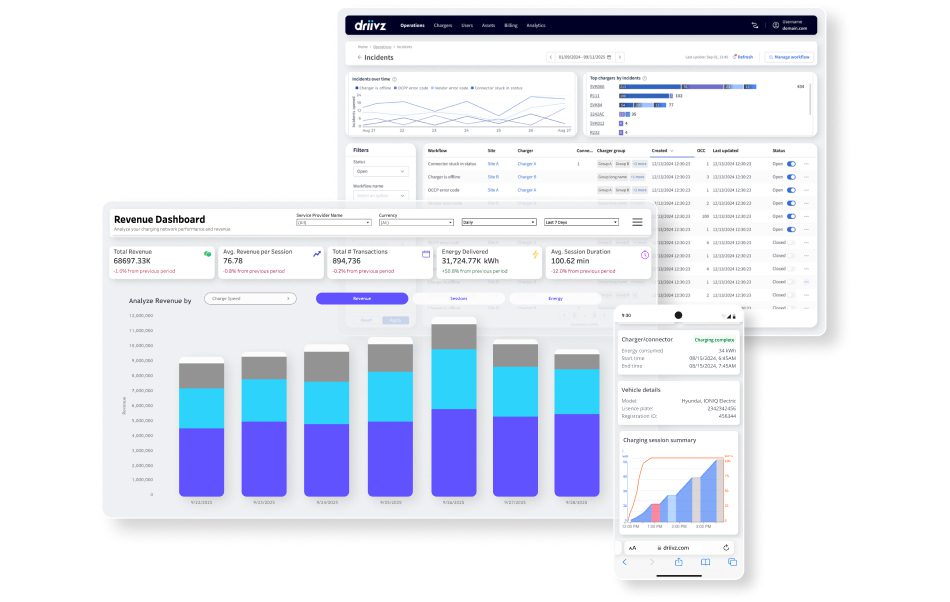Medium- and heavy-duty trucks, to say nothing of aviation and shipping, will require much more powerful charging facilities than those that now serve passenger cars. To get these heavy vehicles charged up in 15 to 20 minutes will require power levels of a megawatt or more, and transferring this much energy requires unique design in the cabling, connector and charging inlet.
A consortium of vehicle OEMs, other firms and government agencies are working on a new high-power charging standard for medium- and heavy-duty vehicles called the Megawatt Charging System (MCS), which will facilitate charging levels of up to 3.75 MW.
Following a first evaluation event in September 2020, scientists at the National Renewable Energy Laboratory (NREL) recently conducted a second charging connector evaluation, co-hosted by the Charging Interface Initiative (CharIN), with support from the US DOE, the California Energy Commission and others.
This year’s event focused on real-world cases for safety and durability within the standard, which specifies compatibility with up to 1,250 volts and 3,000 amps. The participants, which included representatives from vehicle and charging equipment manufacturers, and component suppliers, used NREL’s Electric Vehicle Research Infrastructure (EVRI) evaluation platform.
During the recent round of testing, EVRI enabled four manufacturers to evaluate designs for vehicle inlets and charger connectors. The participants brought molded prototype connectors based on 3D-printed proofs of concept that were evaluated in the first round. By going through the process of developing molded parts, the participants were able to not only put their designs to the test, but also to ensure they could be manufactured at scale.

Participants checked how well the connectors fit with charging inlets, and how easily they could be connected and disconnected. They also evaluated the systems’ thermal performance—a key consideration in high-power charging. The expanded evaluation included measuring the strength of the locking mechanisms on the connectors; quantifying connector insertion force between dissimilar manufacturers; and judging durability. Participants provided both new components and versions that had been aged to simulate the effects of environmental conditions and repeated use at charging facilities.
NREL researchers are also conducting analyses to determine how larger charging stations and electricity demand from trucks will affect the electric grid, as well as how technologies such as smart charge management and behind-the-meter storage can mitigate any impacts. They are also developing designs for power electronics, charging connectors and optimal battery-charge control.
“We’re providing the opportunity for industry to come together, in a central location, so that even competitors can have detailed conversations on the technical merit of different equipment parameters and come to a consensus,” said Andrew Meintz, who manages NREL’s Electric Vehicle Grid Integration team.
“NREL has been an invaluable resource in the development of the MCS, providing trusted, third-party testing to the members of the CharIN MCS task force,” said Rustam Kocher, who leads the task force. “I’m confident that, when we’re finished, we’ll have a sturdy, safe and reliable connector that customers can rely on to provide fast charging of their large batteries—whether those batteries are in trucks, buses, boats, or planes.”
Source: NREL via Green Car Congress
